Bruce Gary, Last updated: 2017.11.14, 19 UT
http://www.brucegary.net/ts5/ is where the next group of KIC846 observations can be found
This web page has become too large, causing slow downloads, and that's why I have begun a new web page for KIC846 observations (starting with 2017.11.13)
_____________________________________________________________________________________________________________________________________
Some History for a Transit Geometry Model (not Physical Mechanism Model) for KIC846 Behavior
About three months ago someone e-mailed me a prediction of a brightening after the series of 2017 dips was over, and mentioned late September or October for when this should occur. At the time I didn't understand why he was predicting this, but a few weeks ago we began to collaborate on a joining of my HAO observations with his modeling (he has developed a 2-D transit model for complicated ring systems, comas and dust clouds that appears to be more sophisticated than anything published). I now understand why he was predicting a brightening, and since it is underway we want to "go public" with this prediction.
I want to present an overview of what we know about the brightness behavior of KIC 8462852 (hereafter, KIC846). Two very basic observational facts should be beyond dispute by now:
1) U-shaped fade events of ~ 2 %, lasting about a year, occur at 1600-day intervals, and
2) Near the end of the U-shaped fade event a half dozen short-term dips occur.
If anyone questions the above two "observational facts" I would like to get an e-mail with the argument (no opinions, please) for disputing them. As one professional astronomer likes to say: "Mysterious objects usually can't be understood until they exhibit periodicity of some sort." Well, the above two "observational facts" provide a periodicity of sorts! I view them as a good "starting place" for developing new understandings, as I present the following (self-evident) surmises:
3) Something orbits KIC846 with a period of ~ 1600 days (ie., at an average distance of 3.0 AU).
4) Things orbit the above object, and their dust produces the short-term dips. The object being orbited must be a "massive object."
Why? Because a set of objects can't be in an identical orbit this close to each other; only the 5 Lagrange regions permit stability in orbits with the same period.
5) The things that orbit the 1600-day "massive object" have orbits that extend on each side by "an orbit circumference fractional amount" = (400 days / 2) / 1600 days = ~ 1/16.
Note: 400 days is the length of the "1-year fade feature" (which is actually closer to 1.2 years).
6) Assuming the objects that orbit the "massive object" are within the massive object's Hill sphere, the massive object must have a mass of > 14 × M_Jupiter.
Note: Anything more massive than ~ 13 × M_Jupiter is a candidate for being a brown dwarf (BD); hereafter I'll refer to the "massive object" as a BD.
7) The dips are produced by dust (that could be configured as a tail, a coma or a ring system) that originates from moon-size objects orbiting either the BD or planets that orbit the BD.
Why? Because the "gravity well" for the BD, or any orbiting planets, will be too deep! Comets produce dust tails because their gravity wells are shallow.
Again, if anyone questions the above 5 points, I would like to hear from you with your argument (no opinions, please).
Let's review some of the photometric evidence for everything that forces us to the Fact#1 and Fact #2 starting points. (A fuller development of all of the above will be treated in a manuscript, in preparation, that I'm working on with two other authors - one of whom is the person who e-mailed me 2 or 3 months ago predicting a brightening in September or October). By the way, if anyone is aware of a professional astronomer predicting a brightening (and making that prediction before it began) I would really appreciate hearing about that.
Figure 1.1 shows how my collaborators view what the Kepler light curve would have looked like if Kepler observations had continued beyond Kepler day 1590. Let's refer to the 2 % fade (starting at "B" in Fig. 1.1 and ending at "D") as a "long-term drop fade," or "drop" for short. We suggest that the beginning of the "drop" repeated ~ 11 months ago (2016.11.08). Similarly, we suspect that the group of dips ("C" in Fig. 1.1) repeated this year, during May to August. If so, then a brightening should follow this year's group of dips, and it could start at at time now.
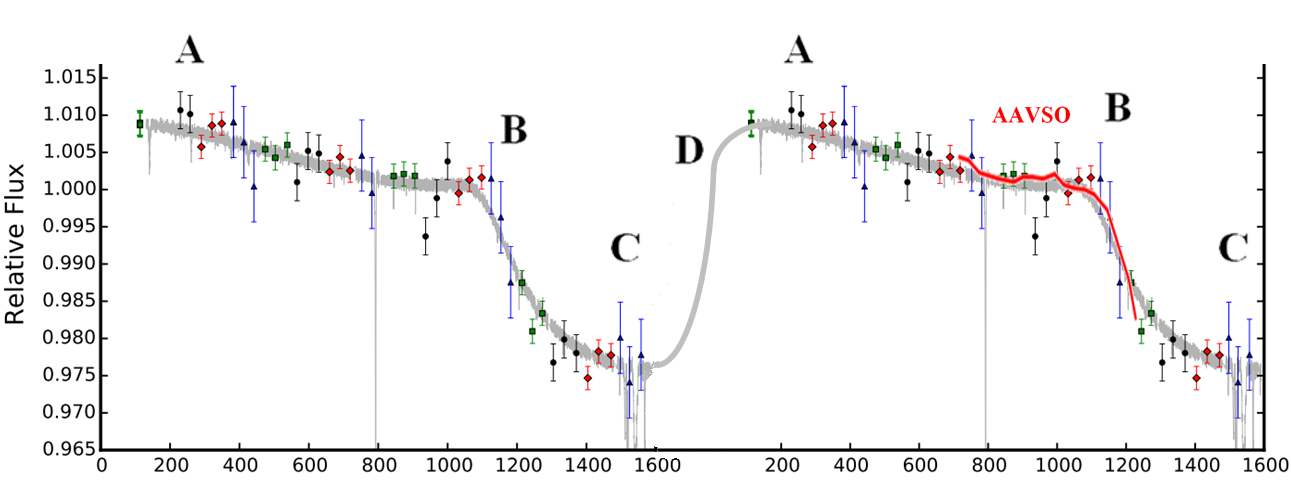
Figure 1.1. Kepler observations, as re-processed and published by Montet and Simon (2016). We have repeated the Kepler data (1580 days worth) with a repeat interval of 1800 days in order to illustrate what might have been observed if Kepler had been able to continue observing KIC846. AAVSO data in the second "B" region agree with the shape of the repeated Kepler "drop" fade. (We prefer a repeat interval of 1600 days, but the details of this are still being worked out.) The letters denote locations of the brown dwarf in its orbit, shown in the next figure.
The interval between the median activity level of Kepler short-term dips and this years dip activity is 1584 ± 44 days (as I described a few days ago on this web page). My collaborator (he is "shy" and he doesn't want me to use his name until receiving a positive review of his work) has developed a model for simulating the transit of complicated ring structures (many rings, each with their own opacity), comas and dust clouds. He has applied this model to a configuration consisting of a brown dwarf (BD) in a 1600-day eccentric orbit. The BD has a ring system, and in addition at least 3 planets (with moons) in orbit about it (within the BD's Hill sphere). Every time the BD and its planets orbit close to KIC846 (periapsis is shortly after "C" in Fig. 1.1), volatiles and dust are released, just like what happens to comets in our solar system (note: this idea is consistent with the KIC846'"snow line"). The BD planets have moons, and they are the source for the release of volatiles and dust (note: the moons have a lower escape speed than the planets they orbit, so volatile-driven dust is able to escape the moons but not the planets).
Figure 1.2 is the eccentric 1600-day orbit that my colleague has developed to account for these events (as well as others), to be described in a forthcoming paper. It's my view that the BD has a planet and ring system that is the source for dust that escapes the BD Hill sphere to produce a dust cloud that is responsible for the 1 or 2 % fade every 1600-day orbit. The cloud is kept from continually expanding due to light pressure from KIC846. This implies that dust production is continuous. The "drop" events last ~ 1 year, and they are followed by a brightening due to a clean line-of-sight to the star following passage (in addition, there's a component of brightening due to a change in geometry of starlight illumination of the dust cloud and rings).
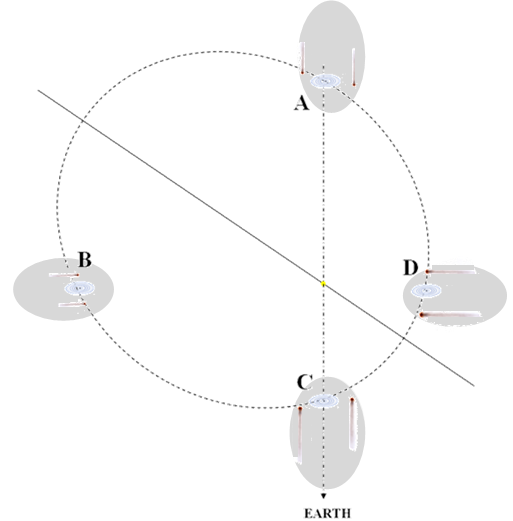
Figure 1.2. Brown dwarf eccentric 1600-day orbit that my colleague has developed to account for the U-shaped "fade" and short-term dips. The BD has a ring system, as well as a couple planets with moons that are subject to the release of volatile molecules and dust (similar to comets) when they are close to periastron (which is now). The dust cloud is just one speculation that might account for the U-shaped "fade" at 1600-day intervals. Another model for the U-shaped fade is being evaluated, which relies upon changes in geometry of reflected light off large particles. The increasing orbital speed may be a factor in producing the ingress/egress asymmetry of the U-shape.
The next figure shows Kepler data (re-analyzed by Montet & Simon, 2016) and HAO measurements of g'-band (and V-band, converted to g'-band) for a 9-year interval. The model trace is a crude representation of an asymmetric U-shaped "fade" with a shape this is approximately compatible with the Kepler observations (assuming their overall pattern repeats every 1600 days). The trace is just a mathematical model; a physical model is now under development for inclusion in a forthcoming paper.
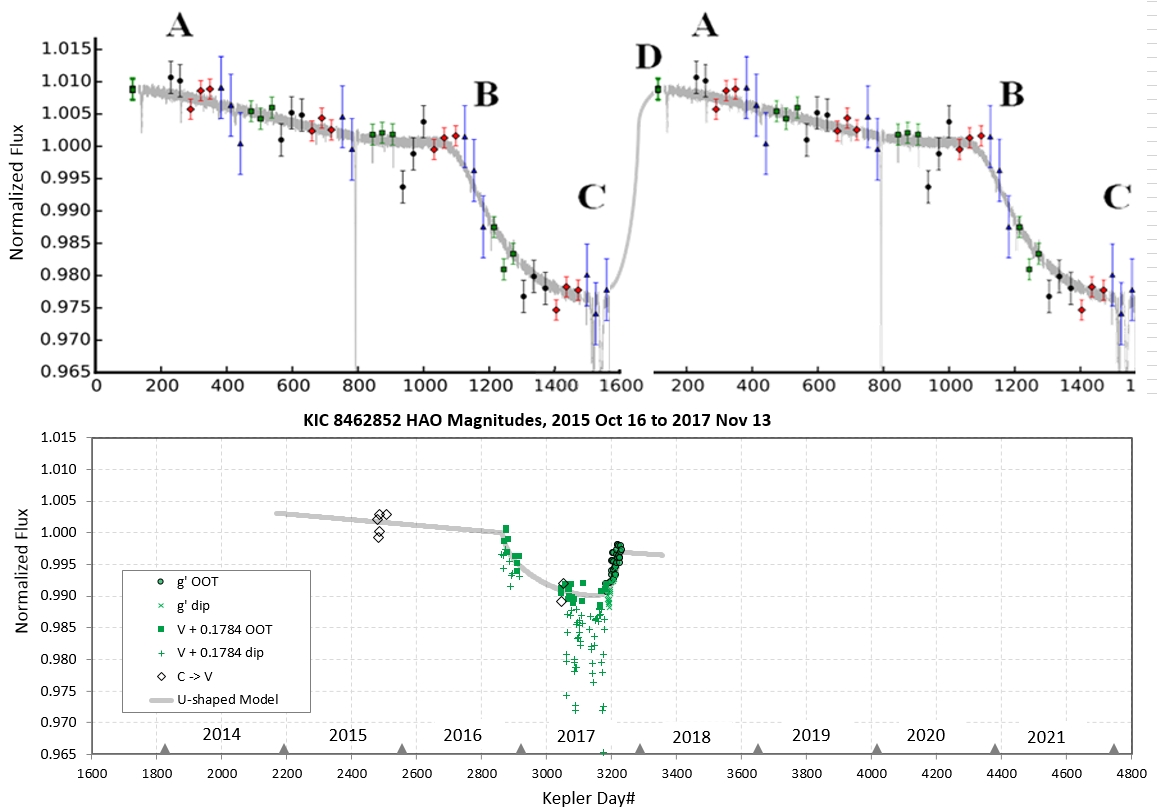
Figure 1.3. Kepler data (upper panel, as re-analyzed by Montet & Simon, 2016) and HAO data vs. Kepler Day# (lower panel). A model for long-term normalized flux that is inspired by the Kepler data has been created to fit the HAO data. The U-shaped "fade" that fits HAO data appears 1600 days later than the U-shaped fade feature that fits Kepler data. The model also includes a linear trend between the U-shaped fades (1600 days apart). The U-shape is asymmetric, meaning that ingress occurs slowly and egress occurs rapidly (with "cosine((t-to)/tau)^0.4" shapes for each half). The current U-shaped fade has a minimum brightness on 2017.07.06; ingress is at 2016.11.08 and egress is at 2017.11.09. The OOT brightness is now approximately half way to a full recovery, according to this mathematical model.
In Fig. 1.3 notice that whereas the shape of this year's U-shaped fade is the same as the U-shaped fade that we claim represents Kepler data, the depth and length differ. According to my simple model fit to the current long-term "drop" fade, its length will be ~ 1.0 years, from ingress to egress. The previous event, observed by Kepler, lasted at least 1.4 years (observations ended before egress, so we can only speculate on the length of the U-shaped fade). Another difference is depth: the current event has a depth of 1.0 % (from ingress to mid), whereas the Kepler depth was ~ 2.4 %.
Here's a "zoom" of the lower panel of the previous figure.
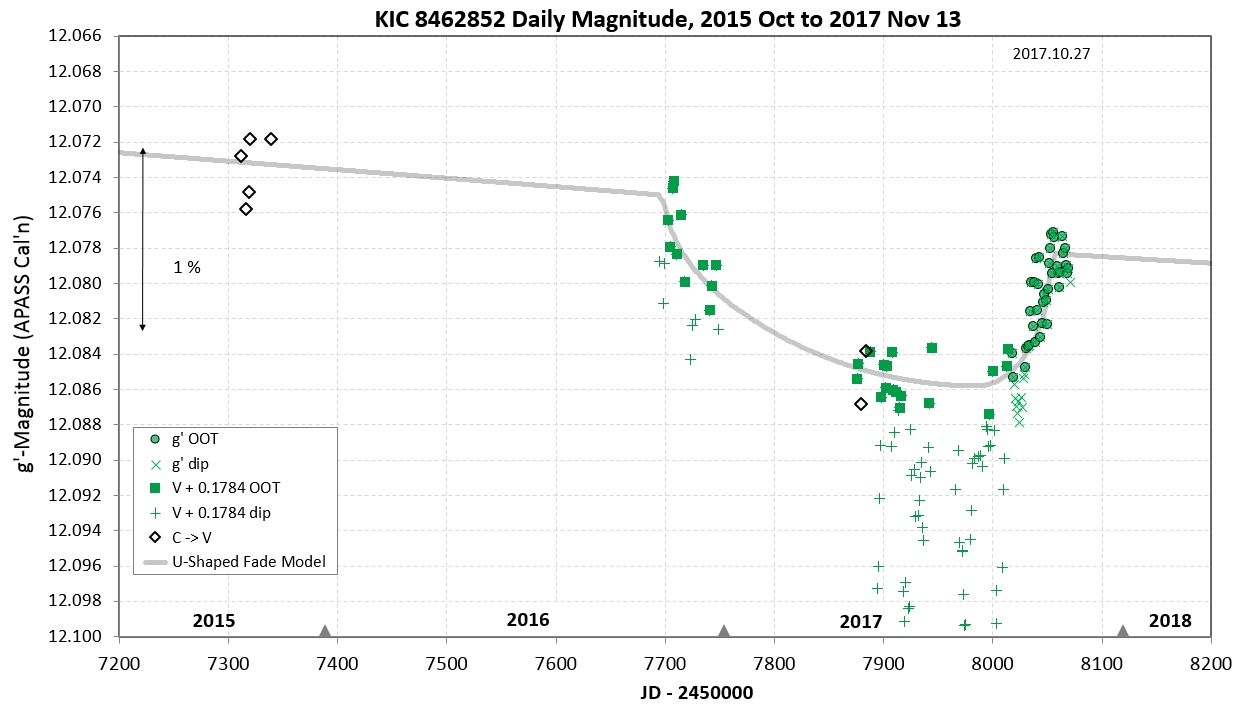
Figure 1.4. HAO g'-magnitude (and V-mag's converted to g'-mag scale) for the last 1000-day.
We have a draft of a paper that is undergoing "informal" review by a couple experts in the field, and if they endorse submission for publication (subject to the usual suggested changes) we will submit the paper to MNRAS (we can't afford any journal with page charges). If that journal eventually accepts the paper for publication, after many months of reviewer negotiations, it will appear in the journal sometime next year and at arXiv sometime this year. If MNRAS rejects the paper then it will appear at this web site sometime in November.
____________________________________________________________________________________________________________________________________________________________________
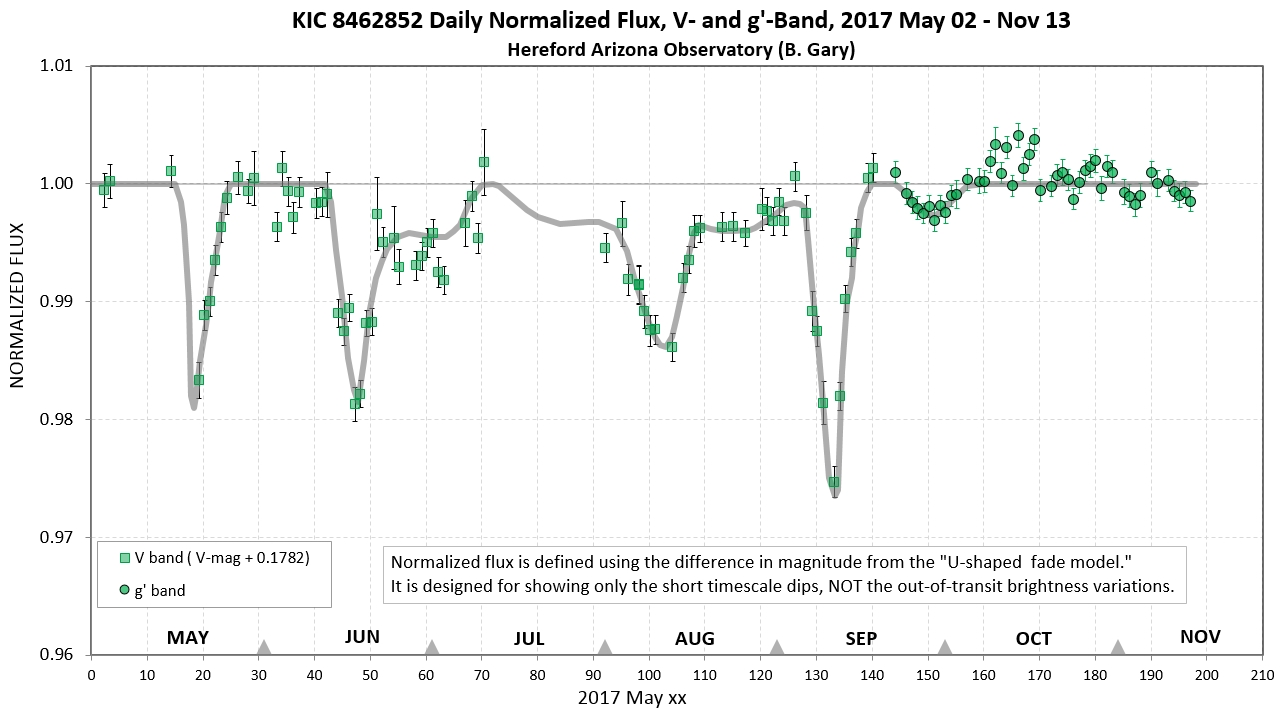
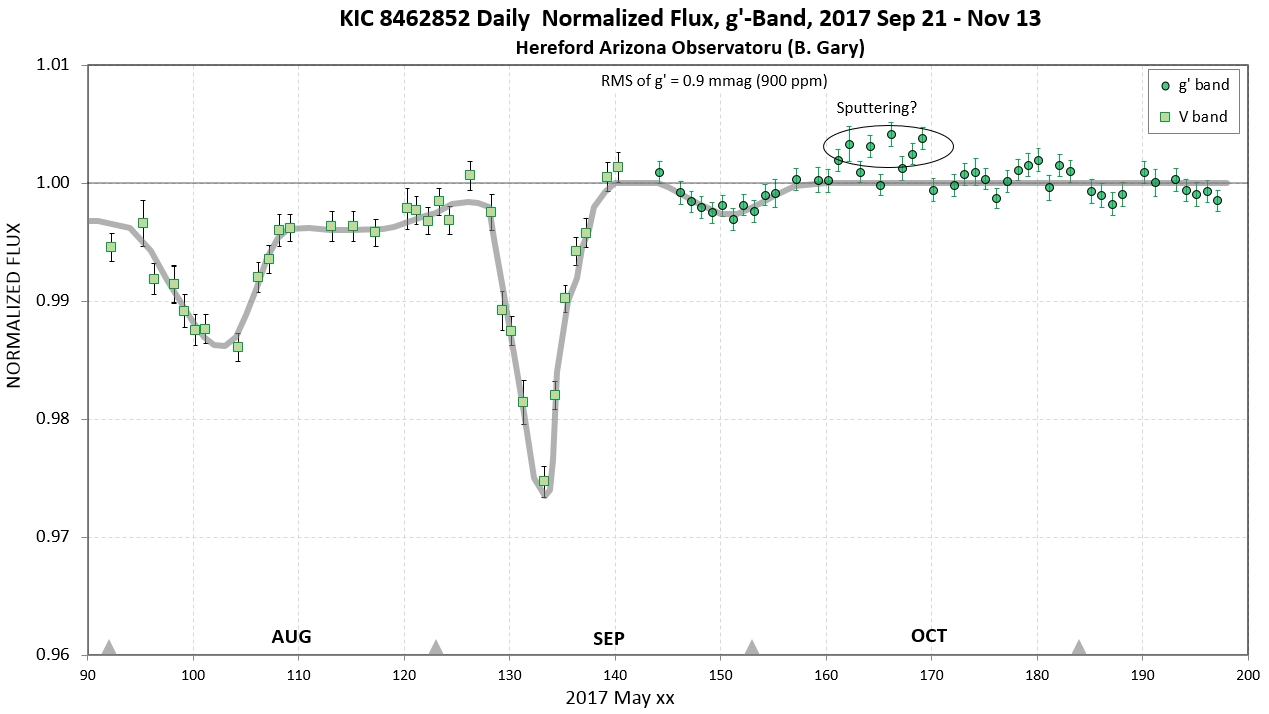
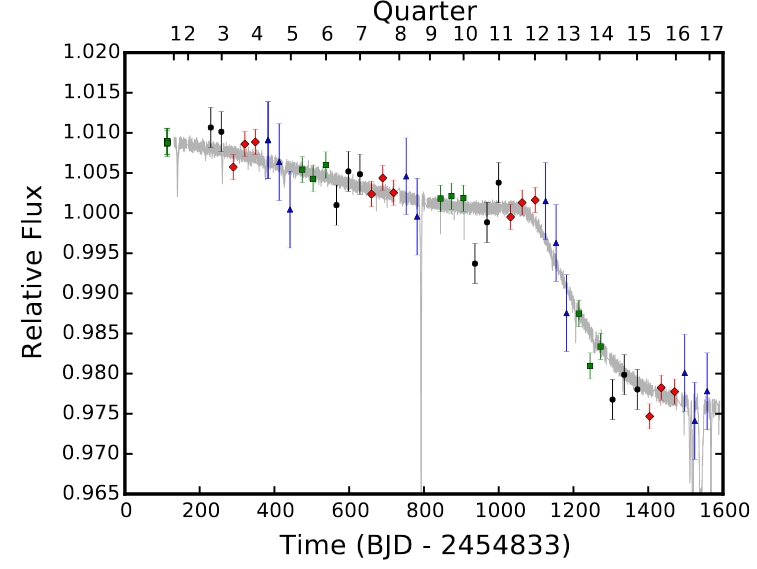
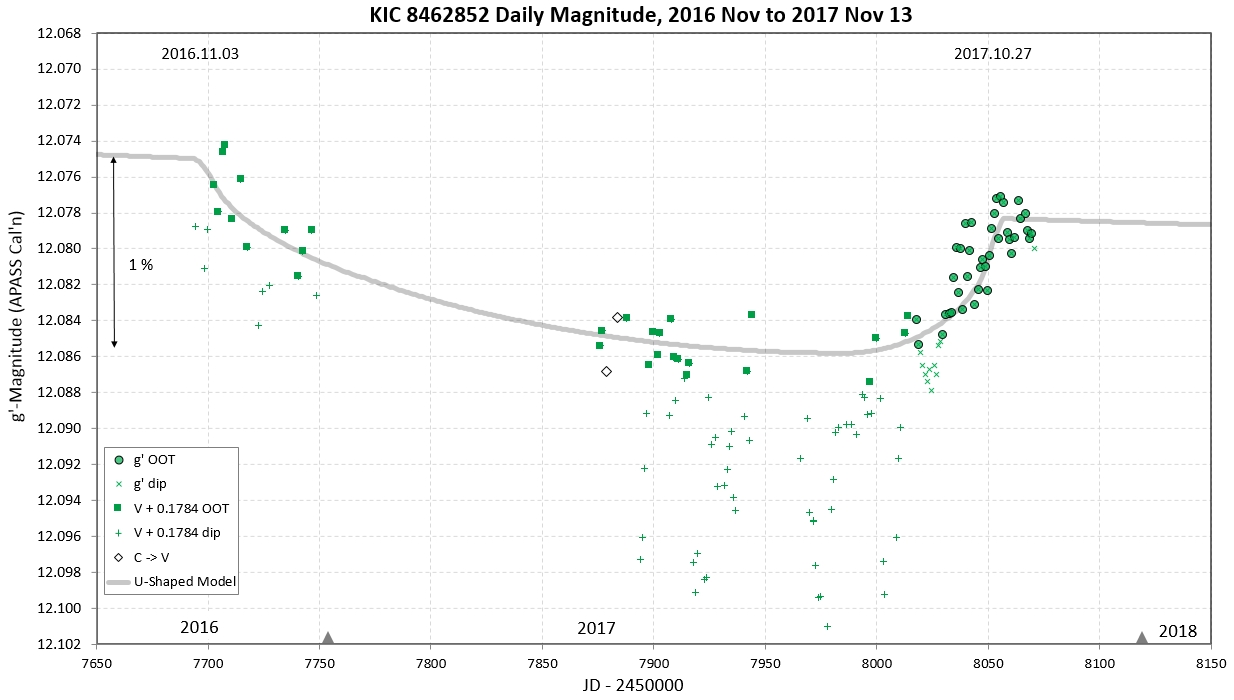
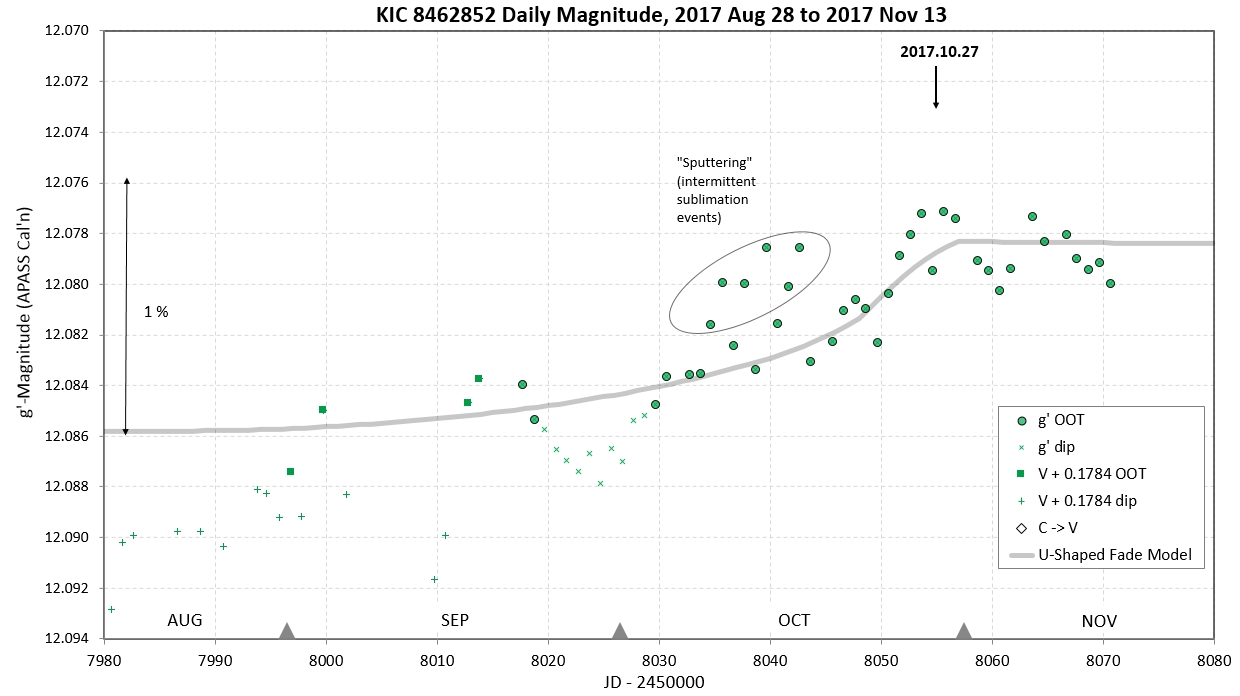
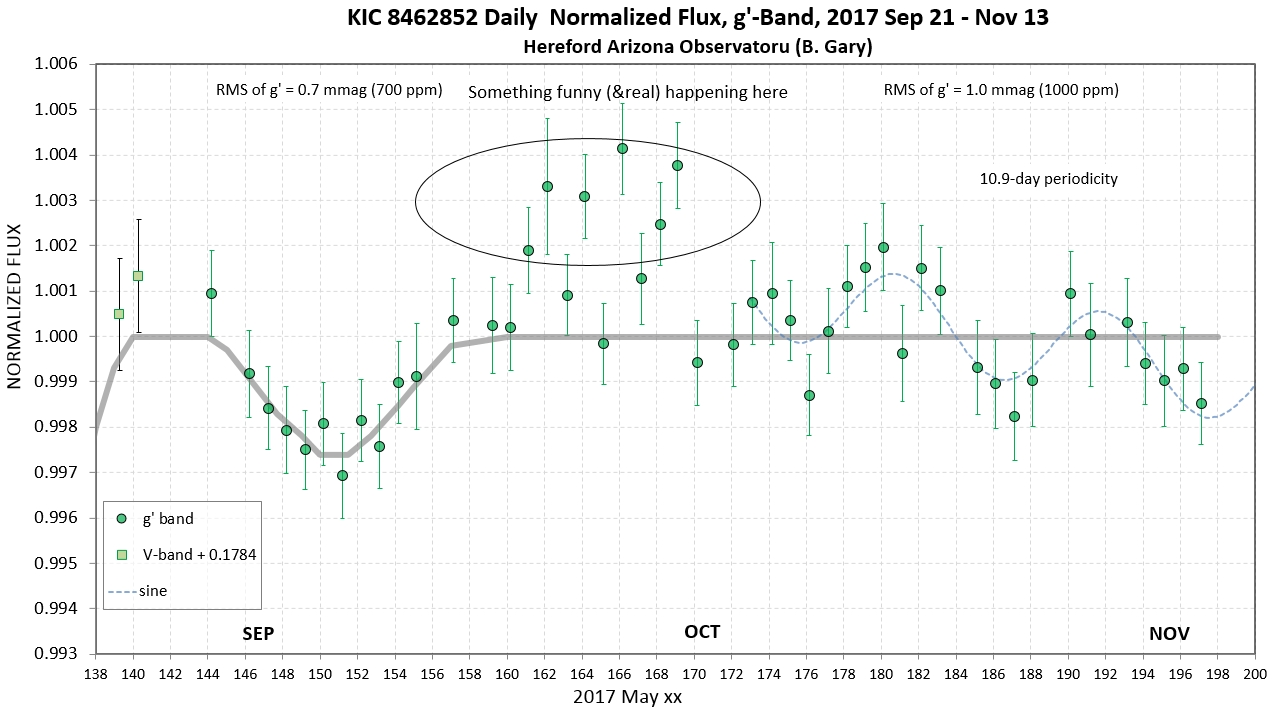
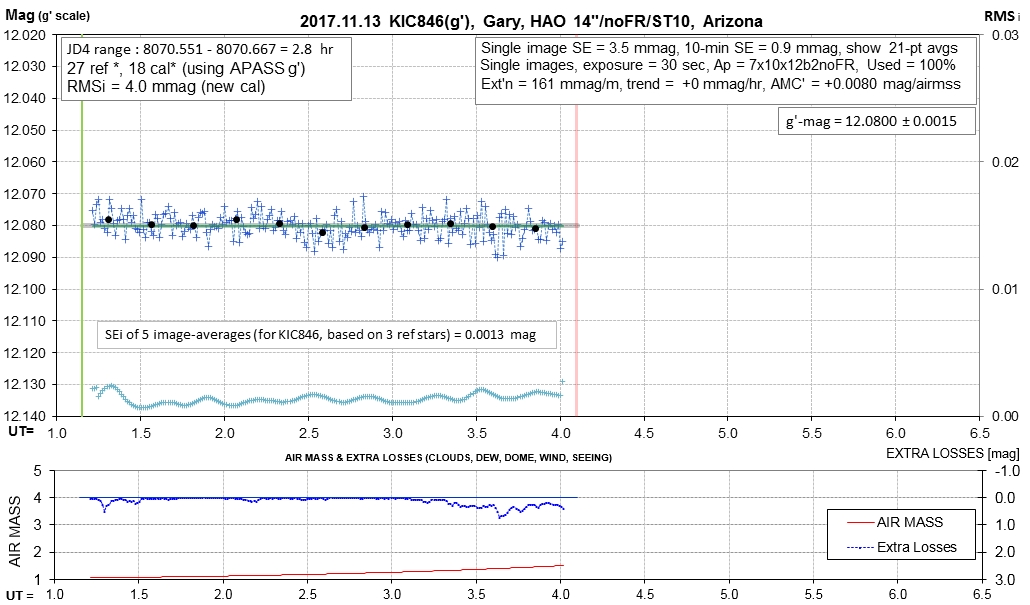
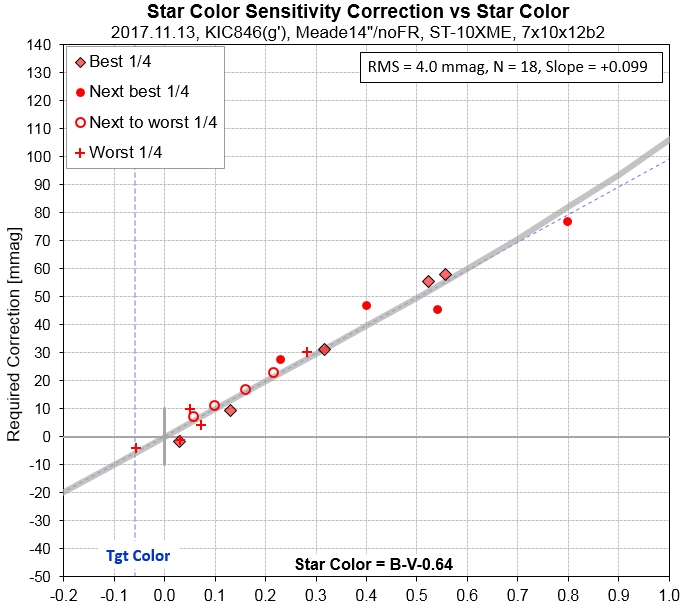
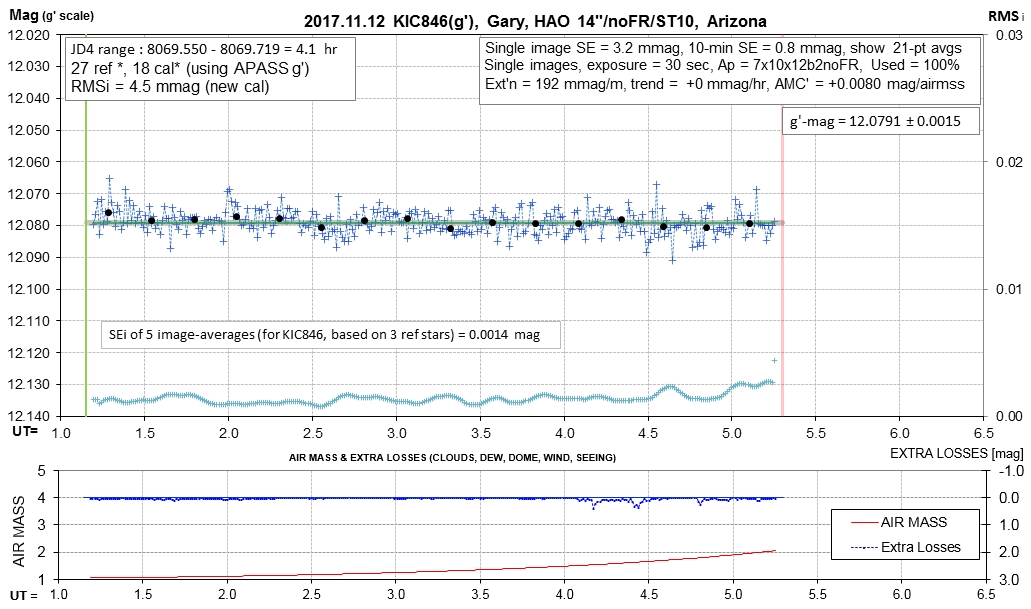
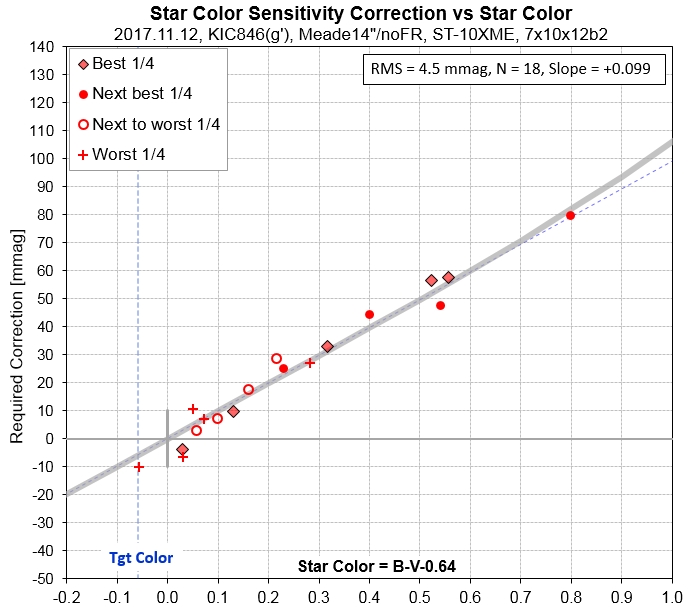
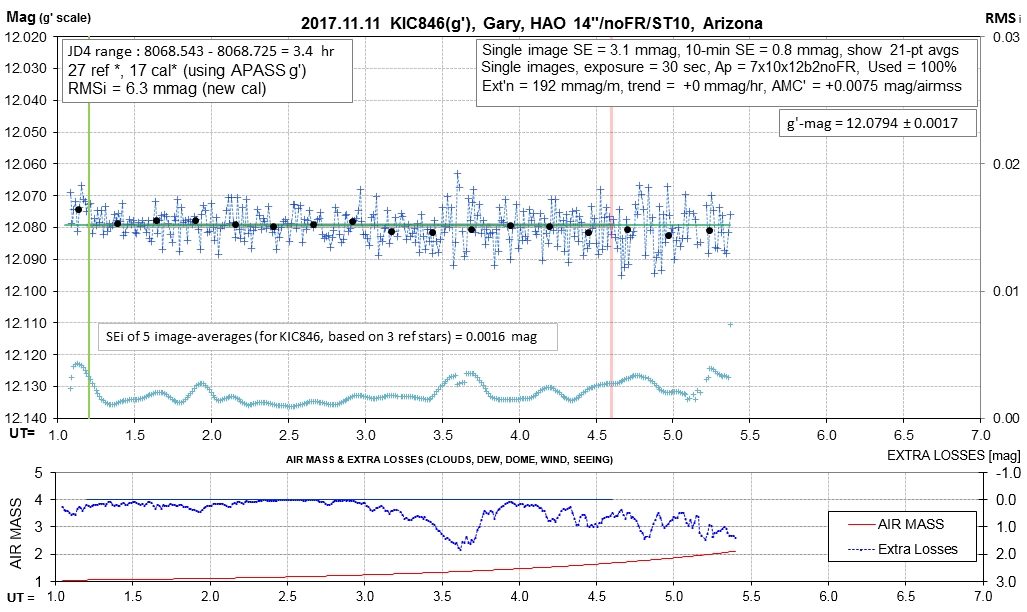
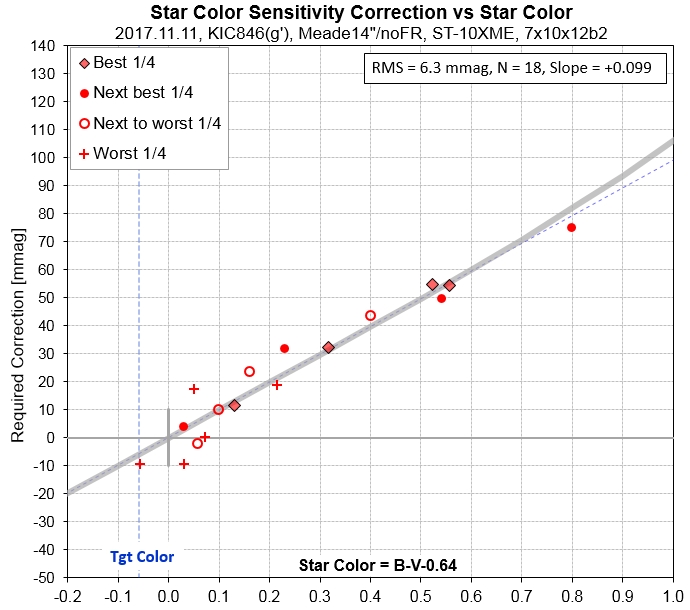
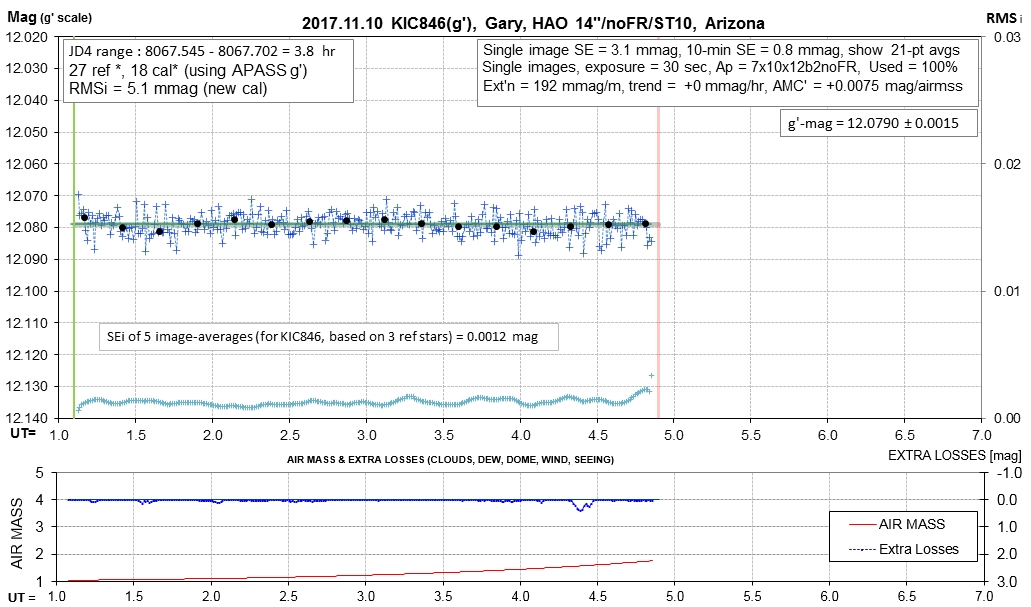
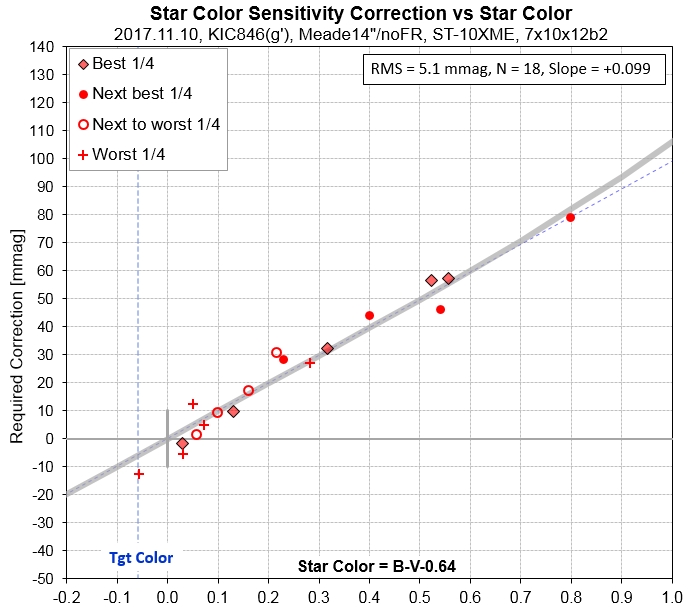
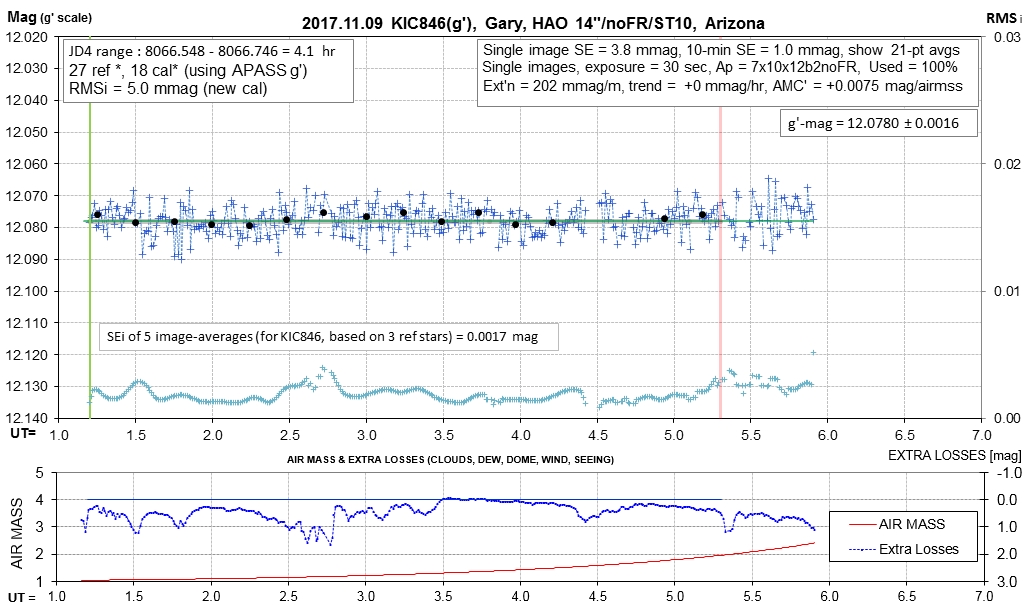
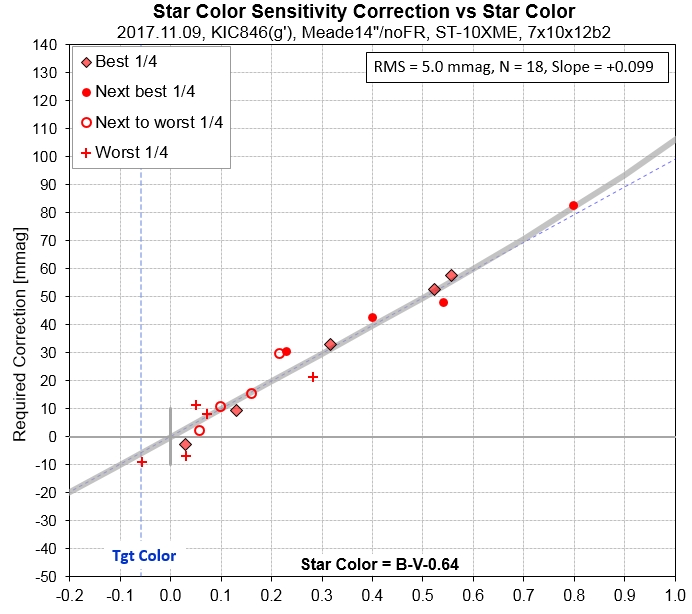
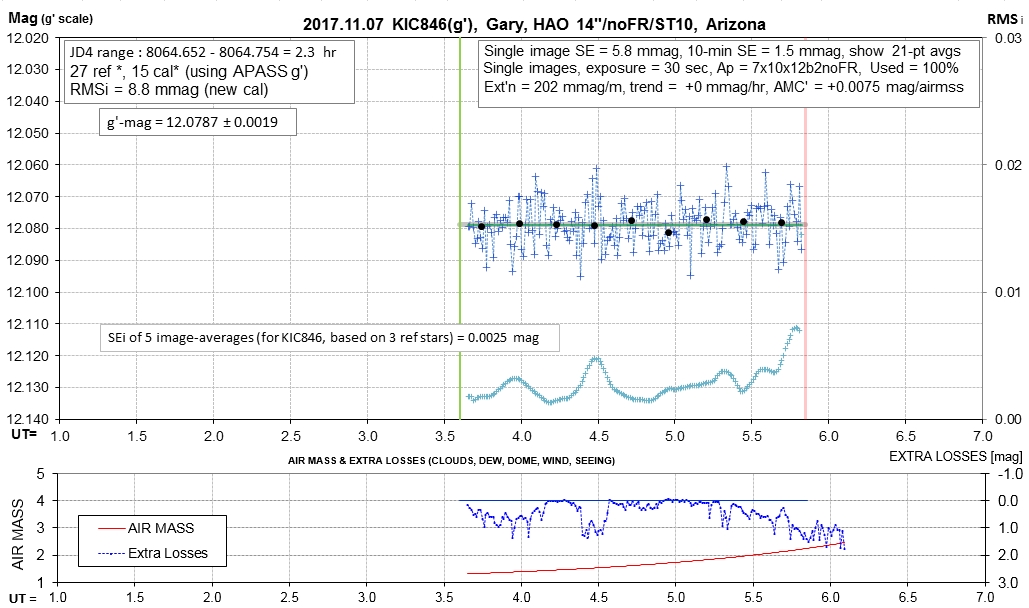
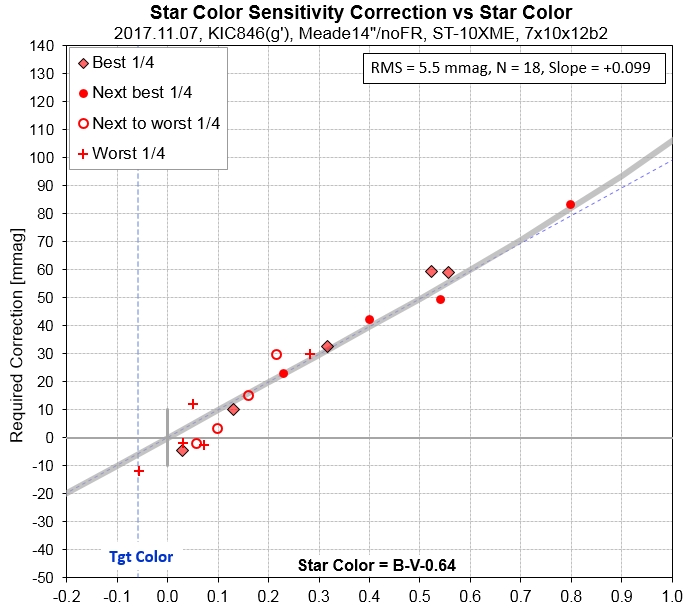
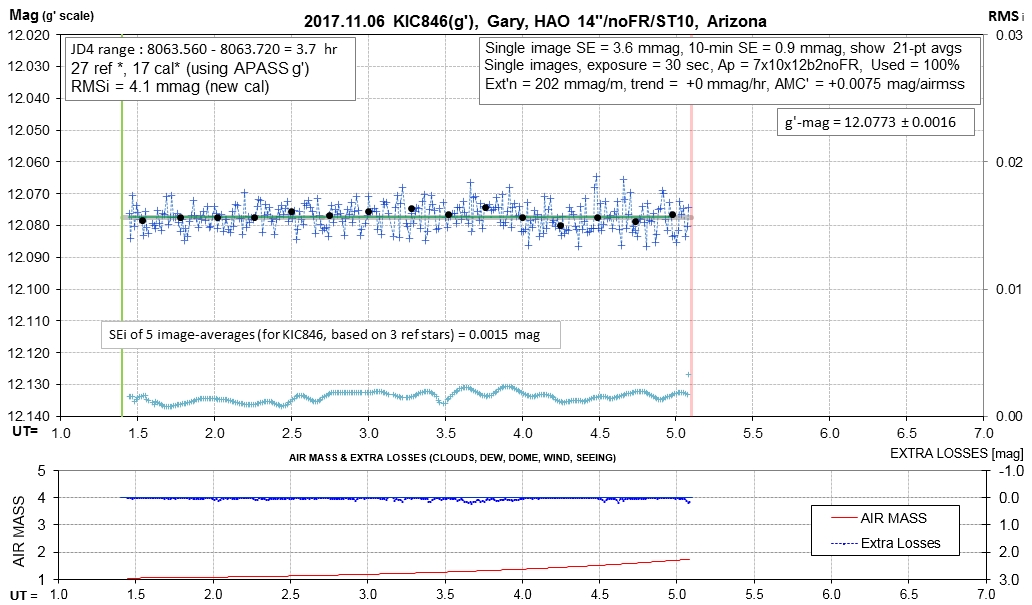
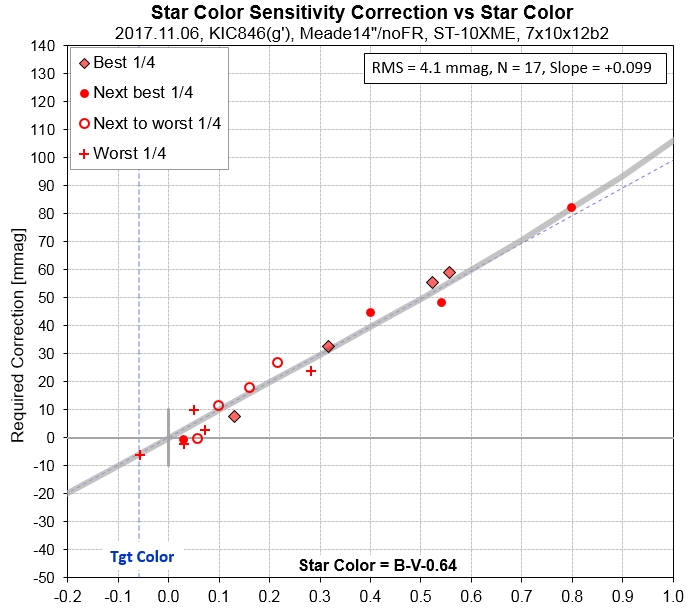
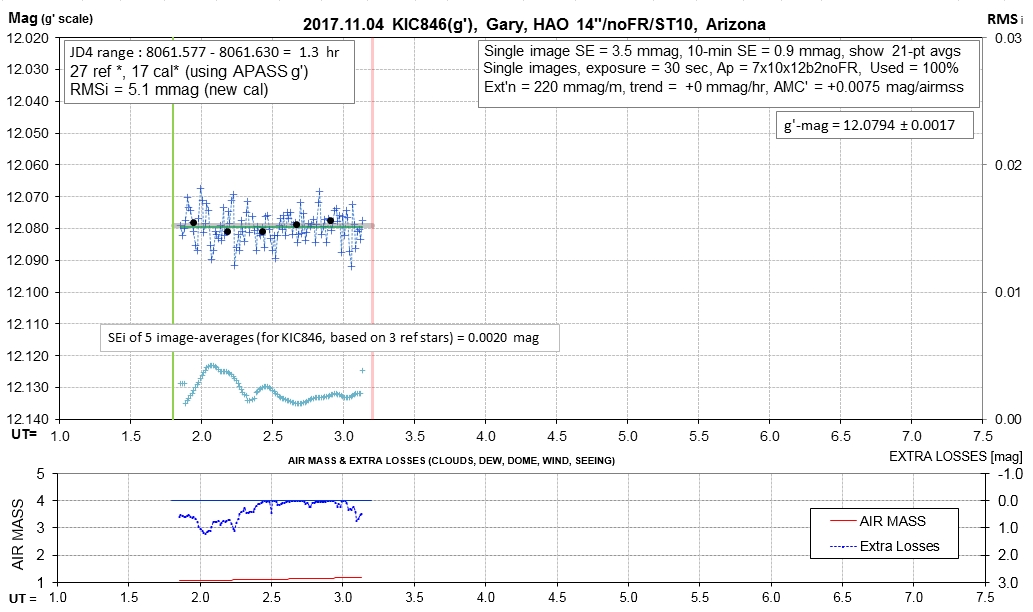
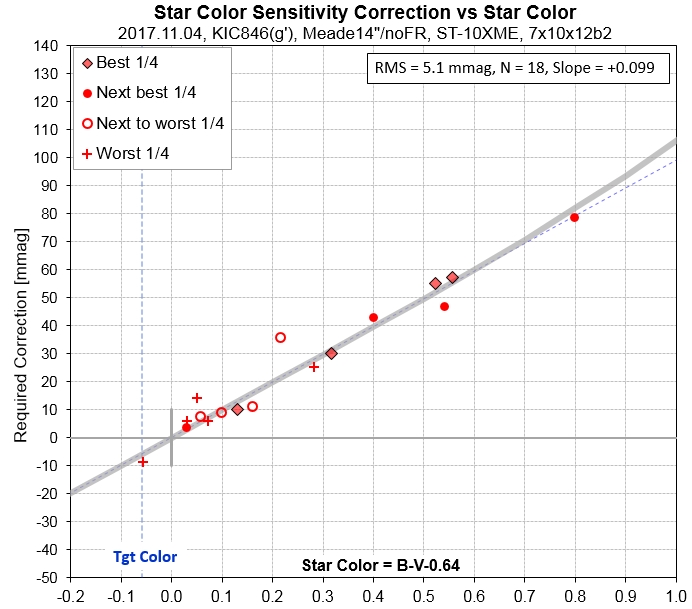
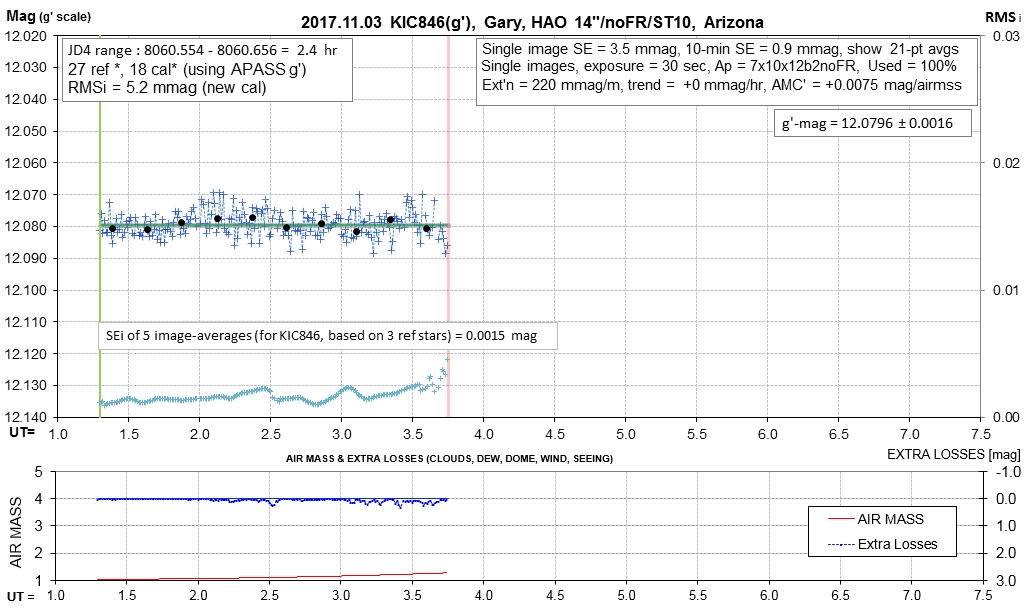
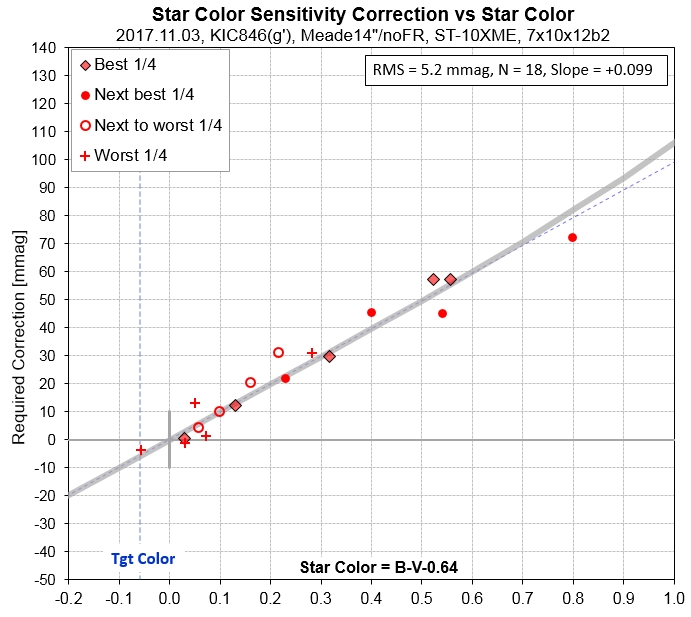
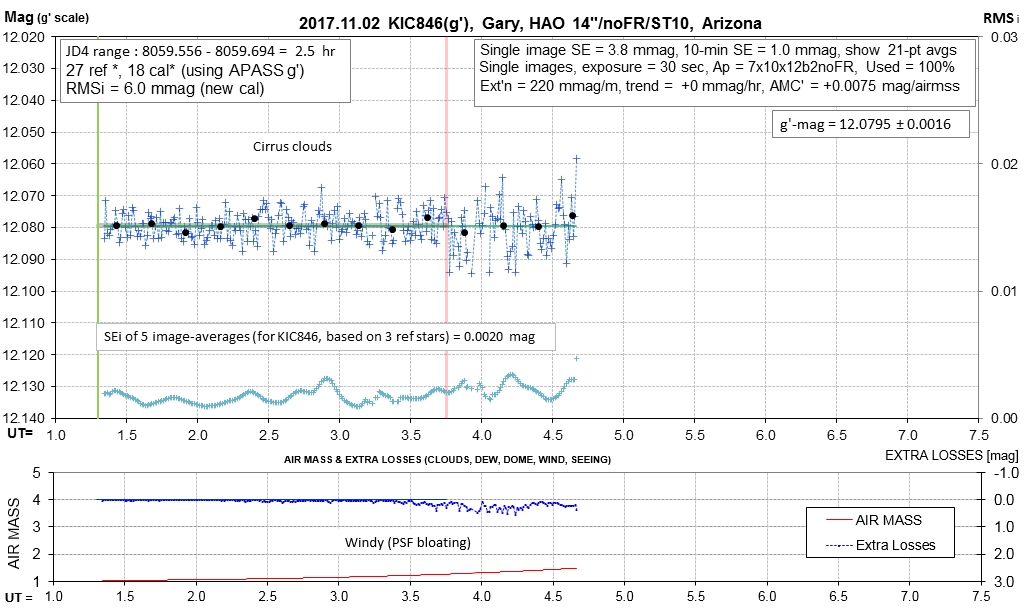
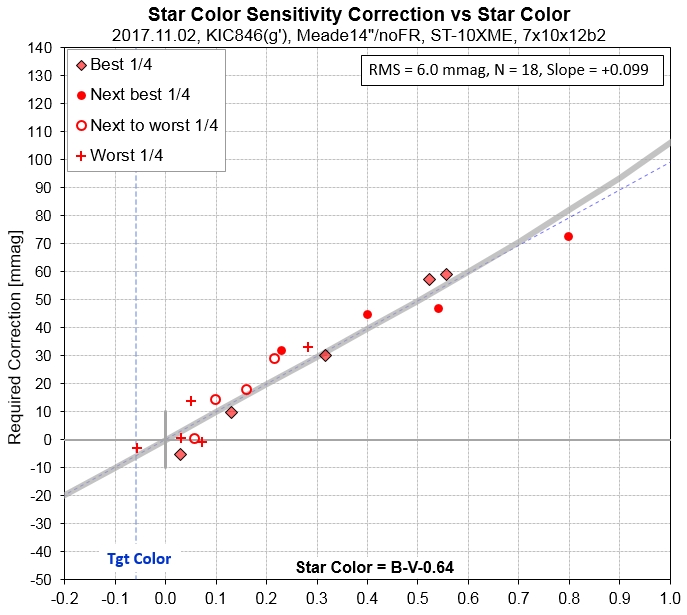
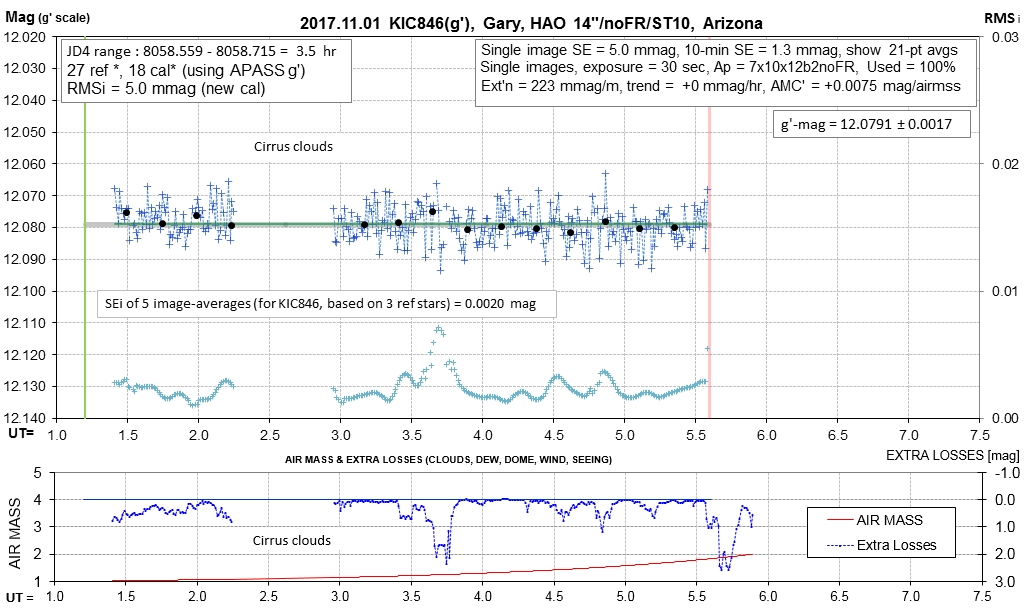
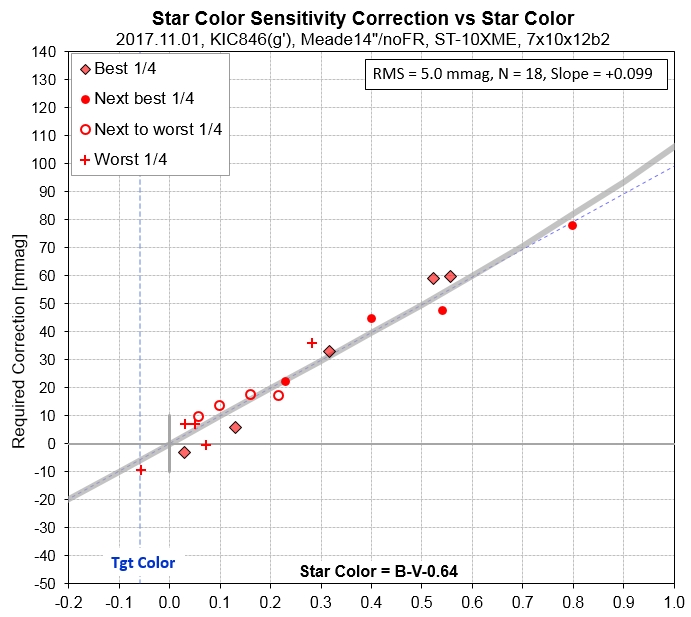
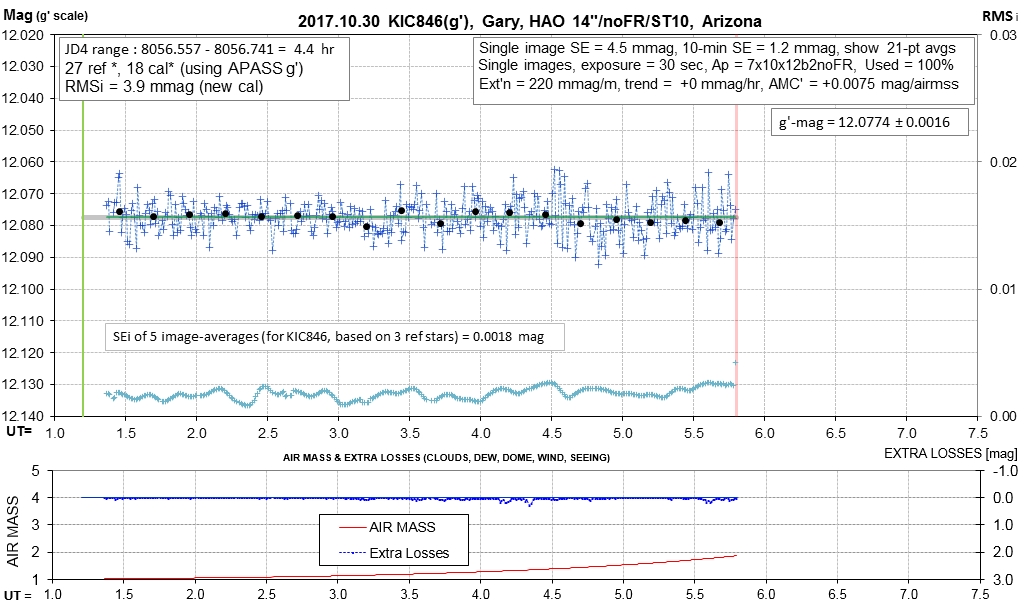
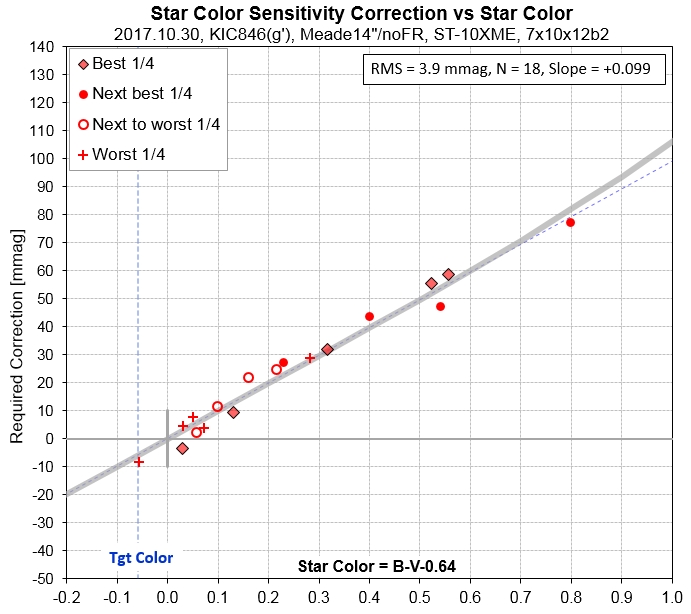
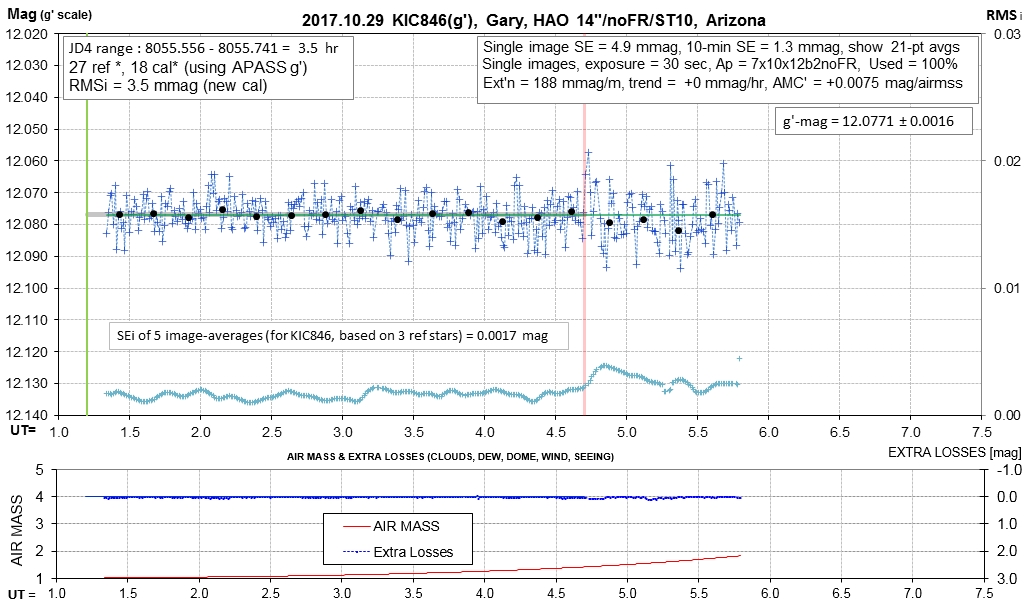
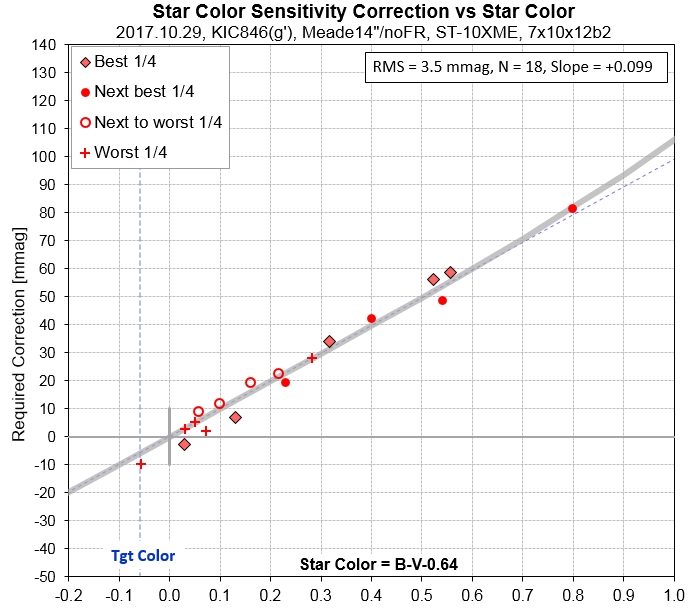
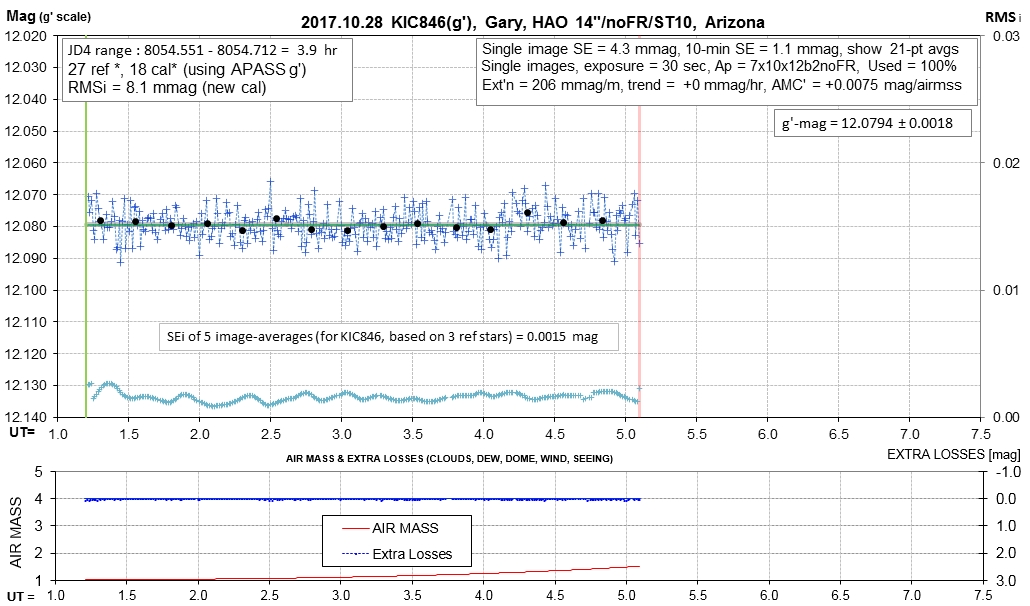
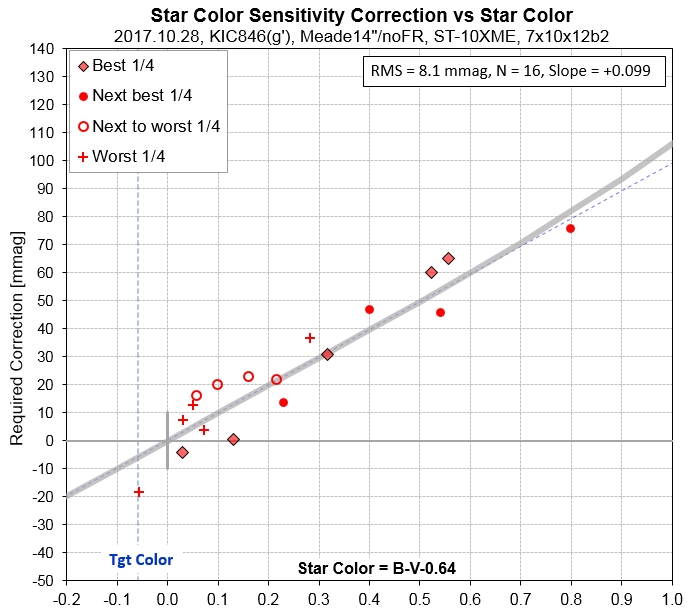
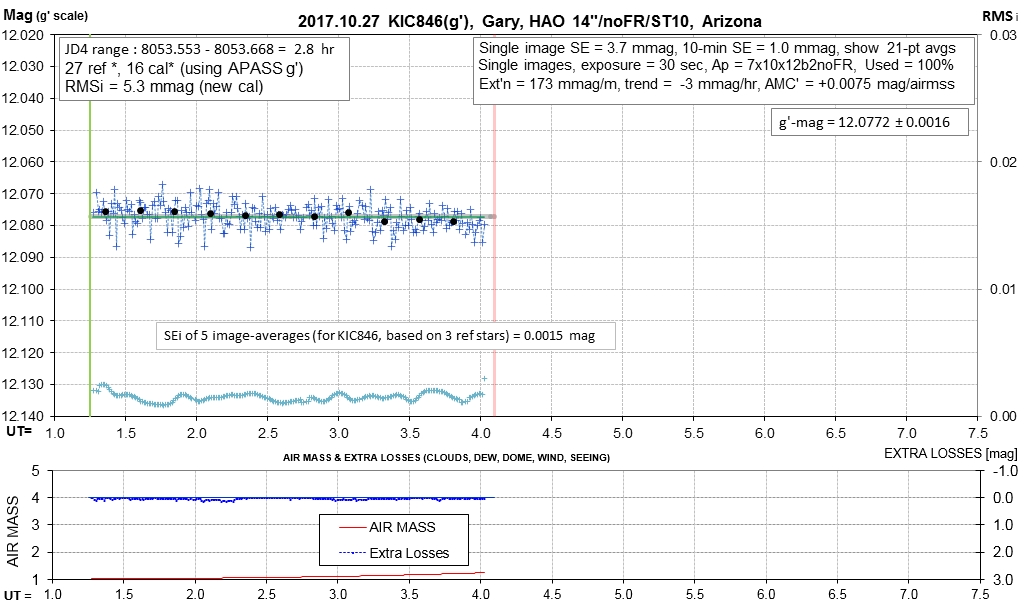
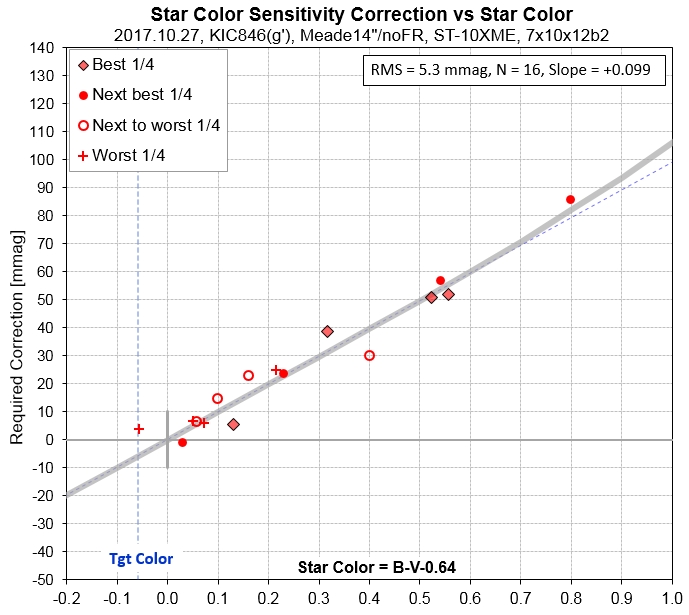
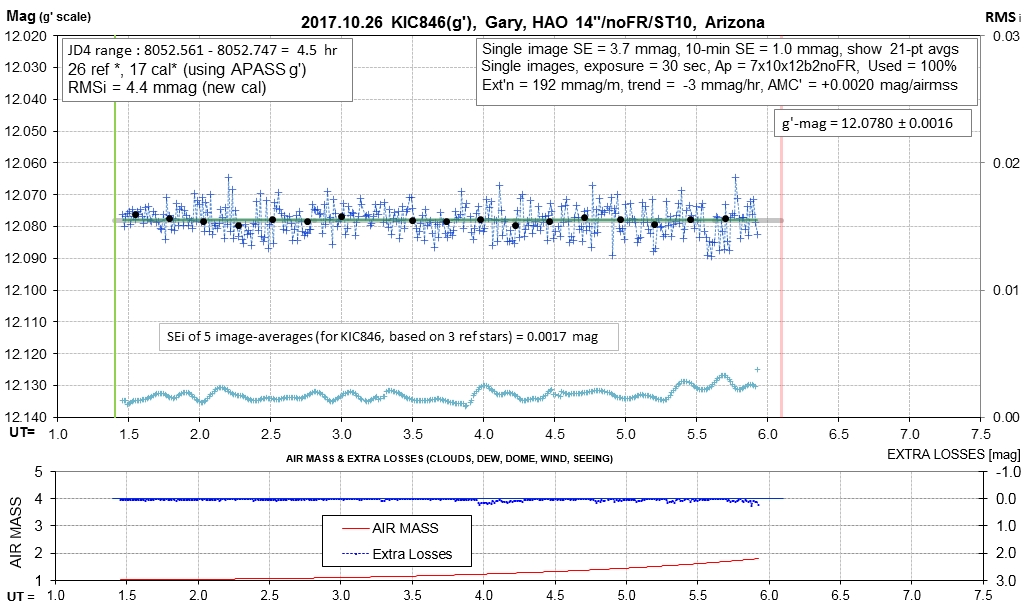
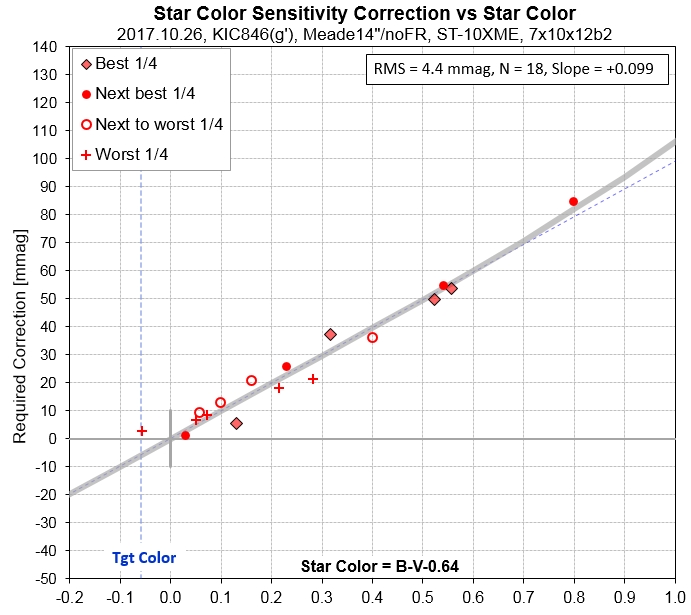
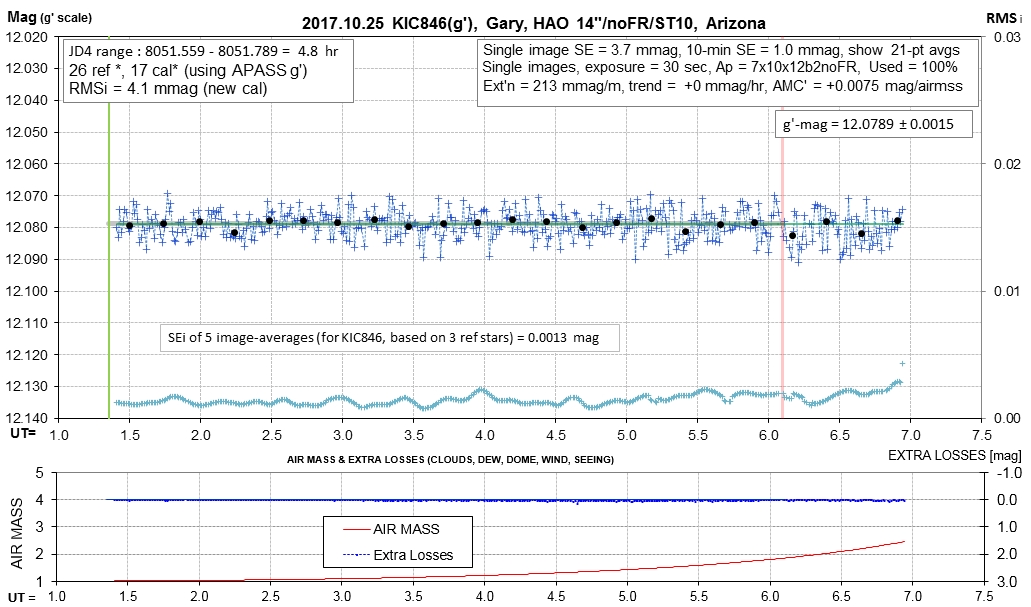
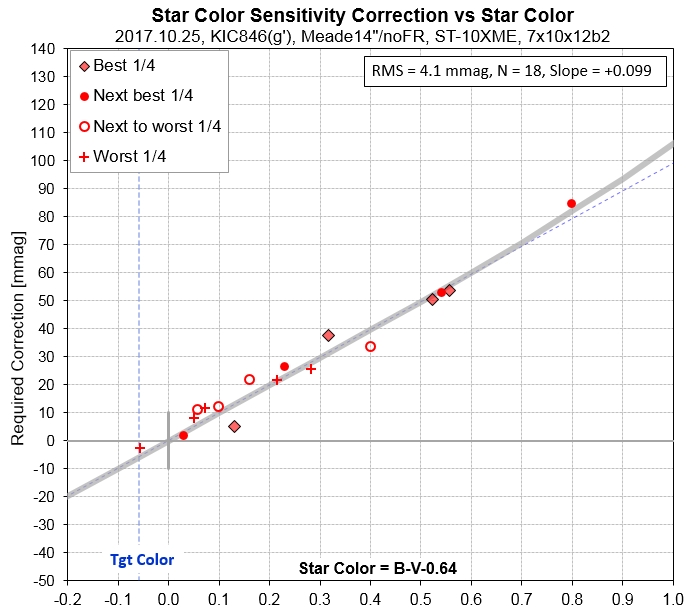
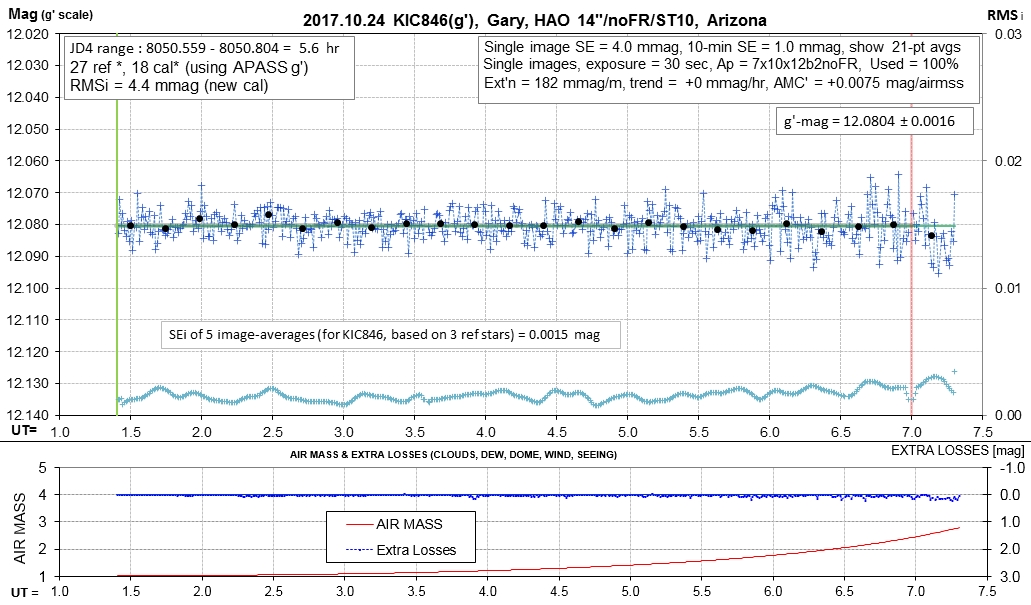
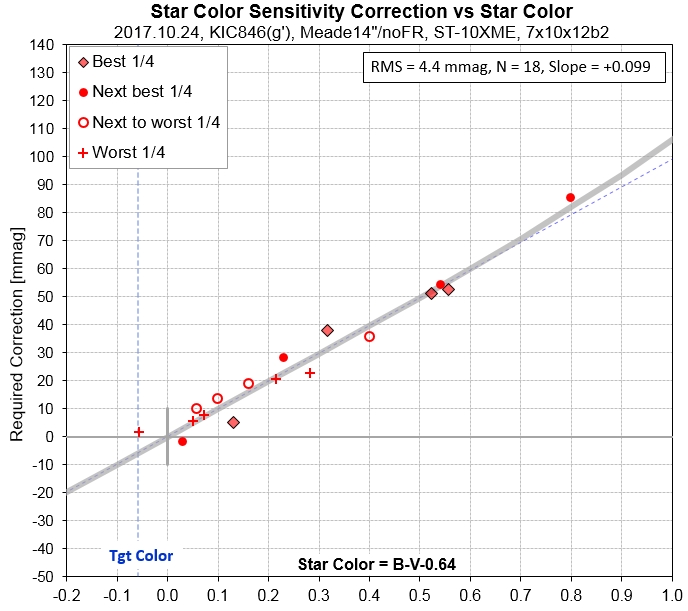
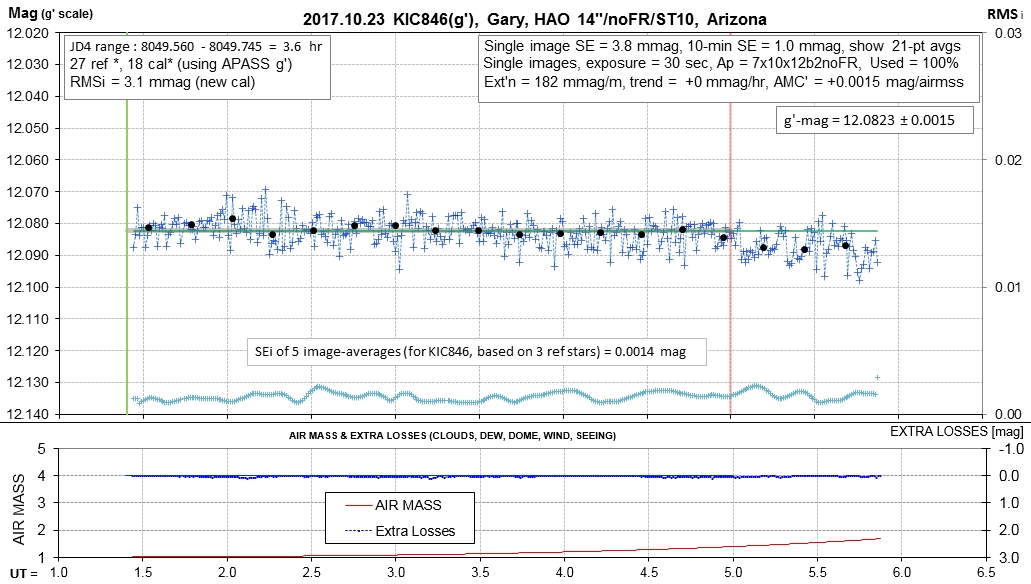
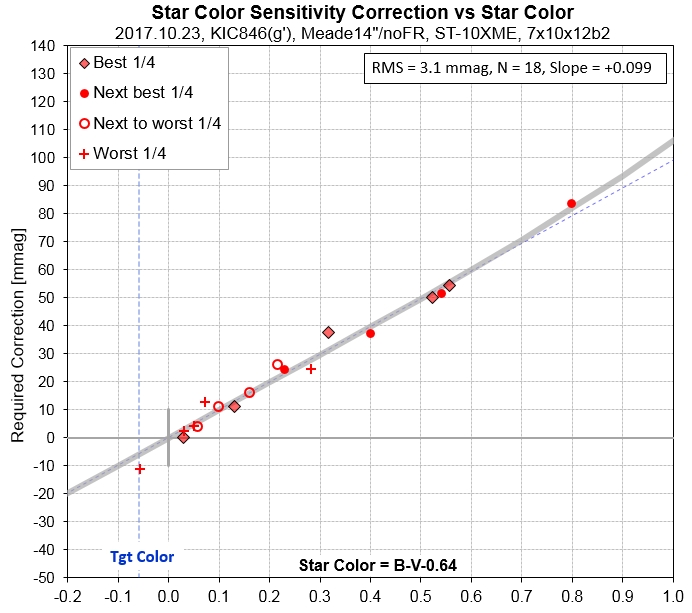
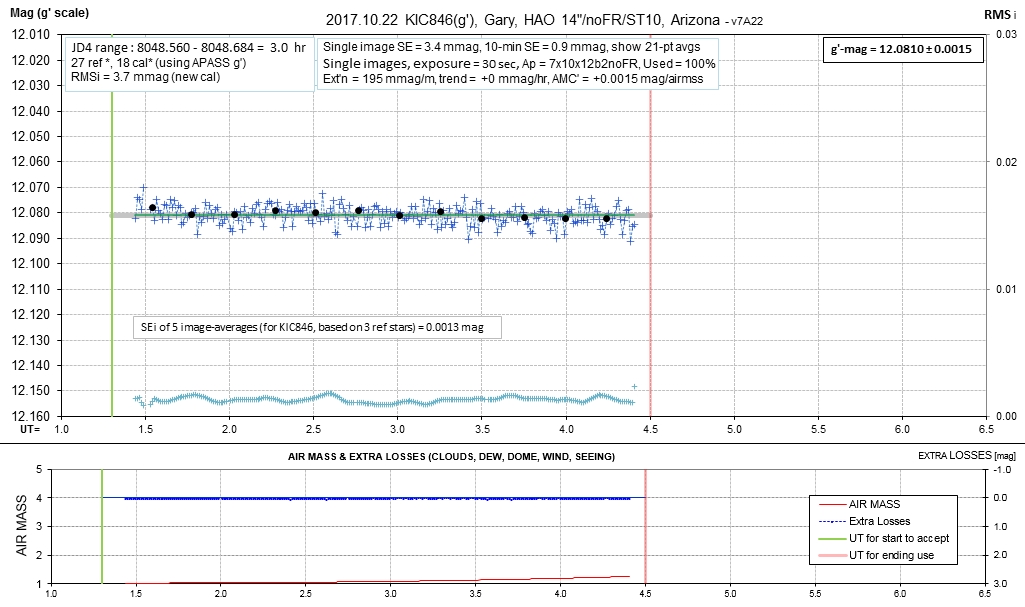
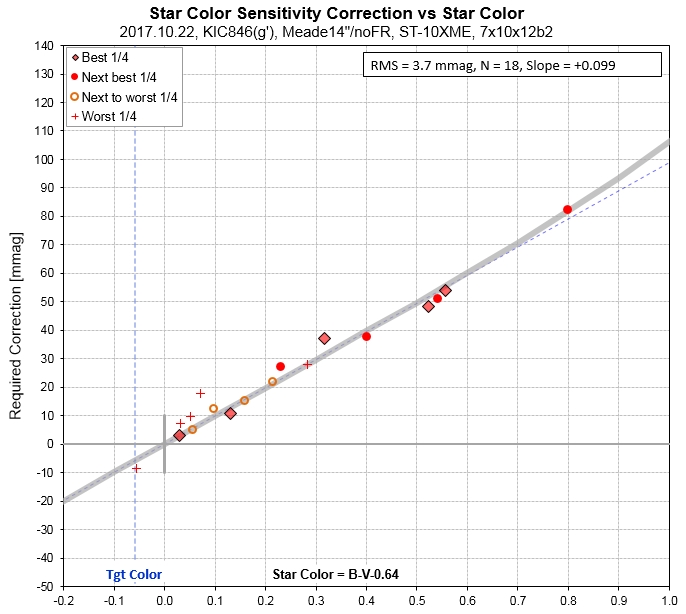
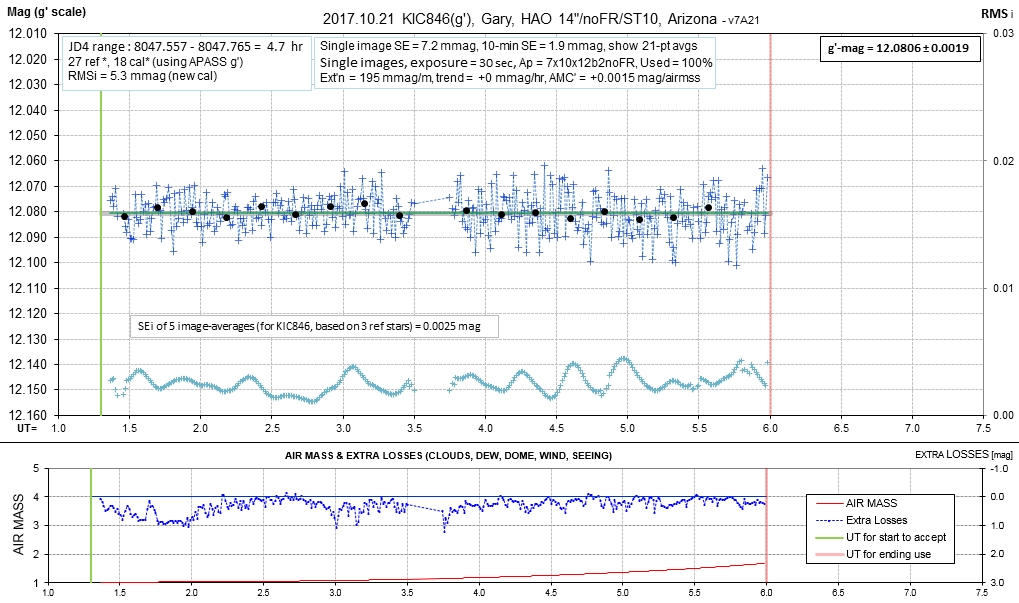
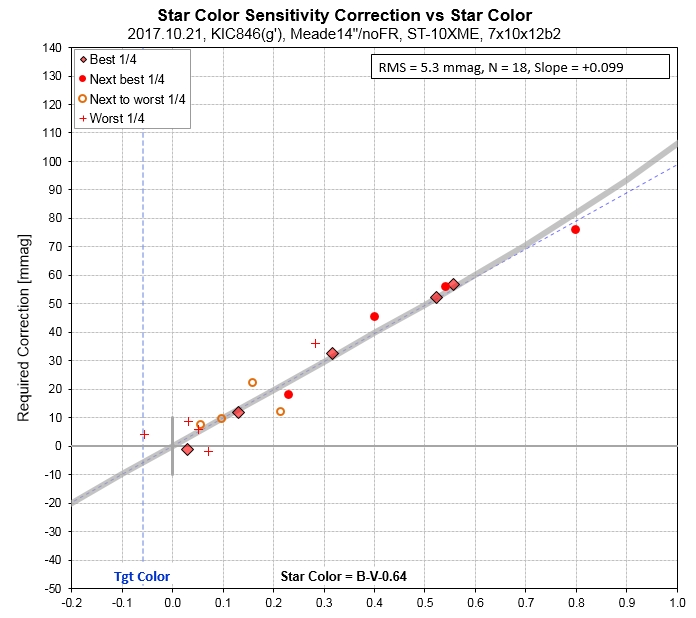
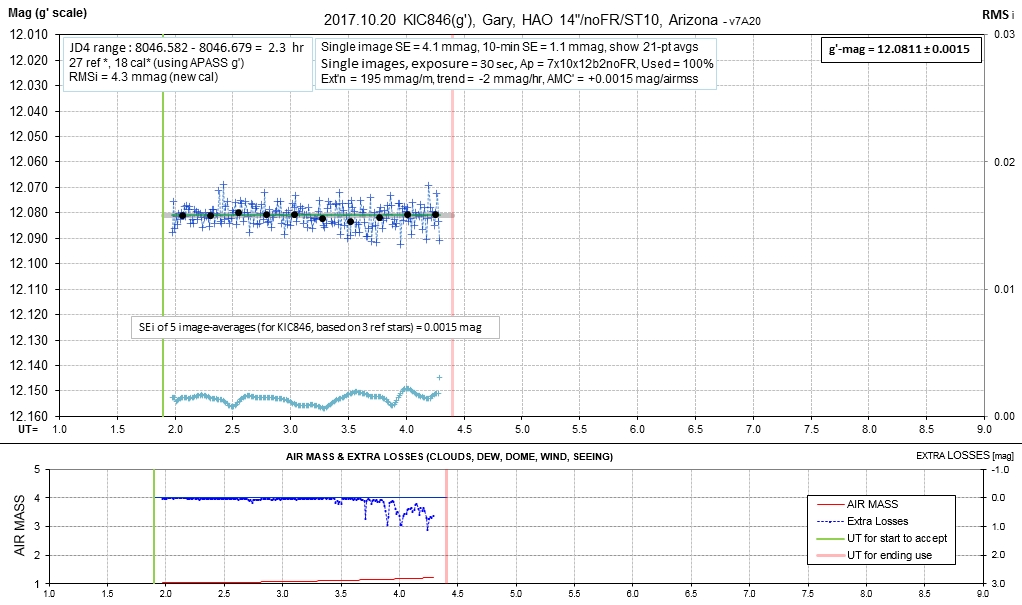
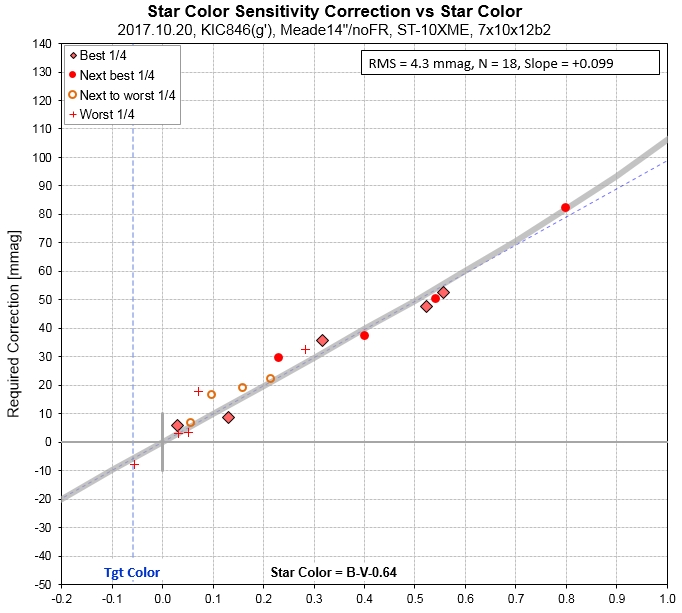
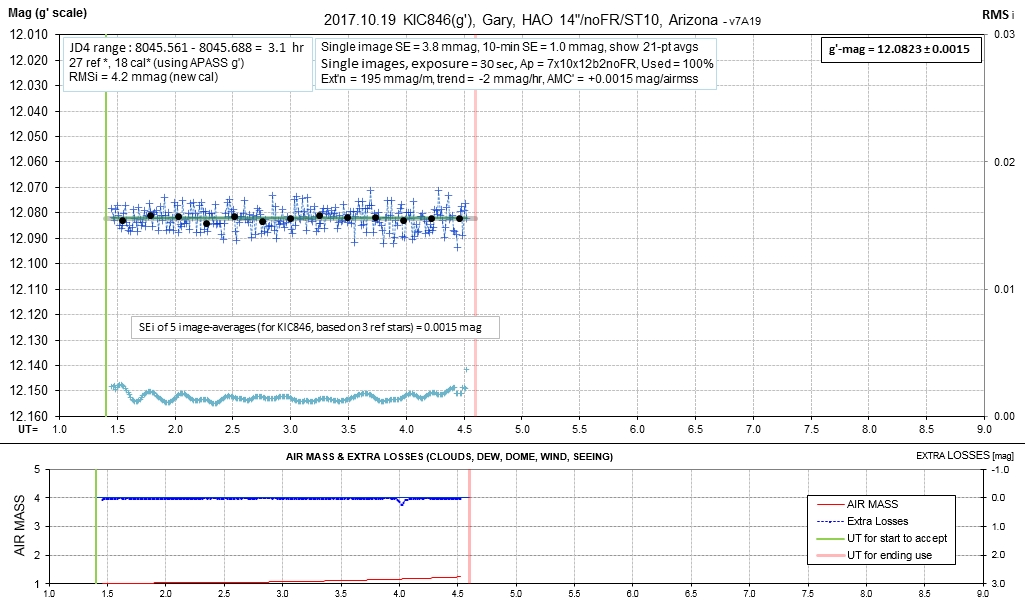
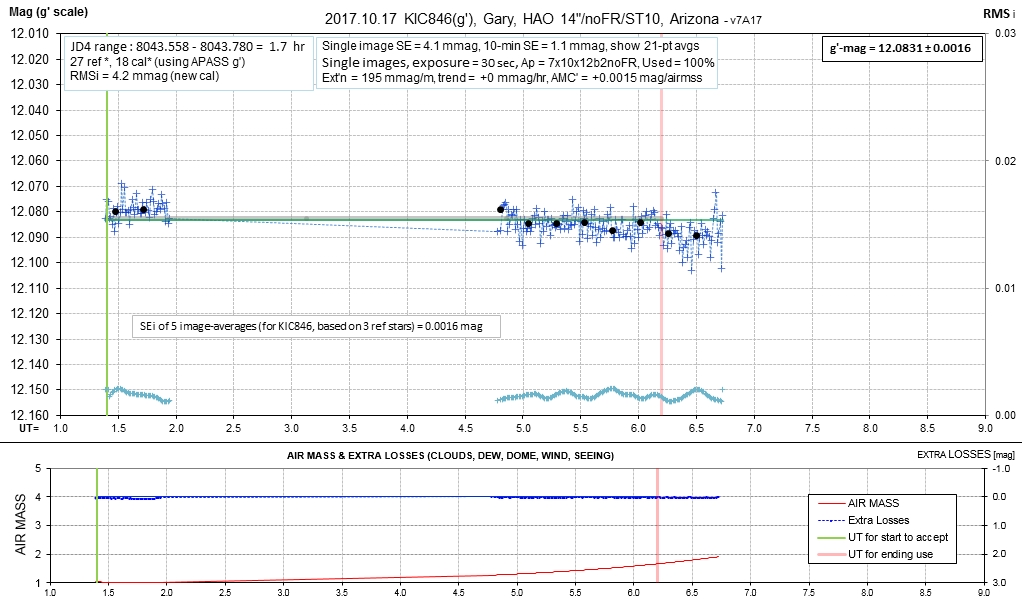
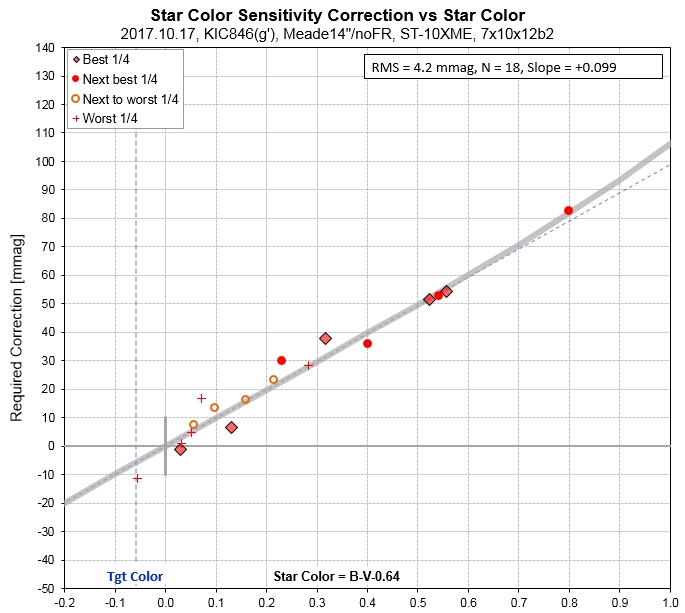
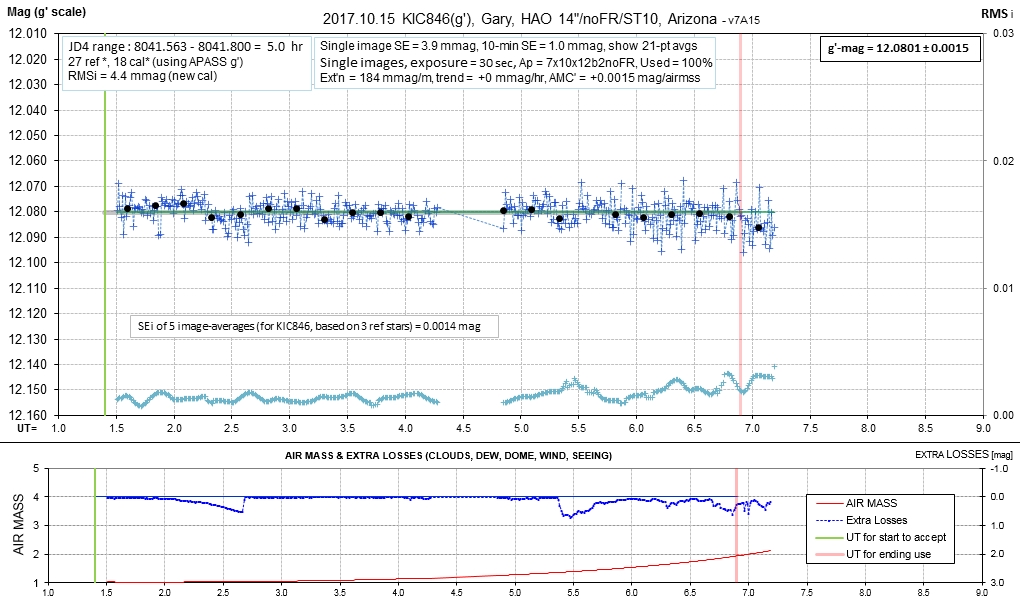
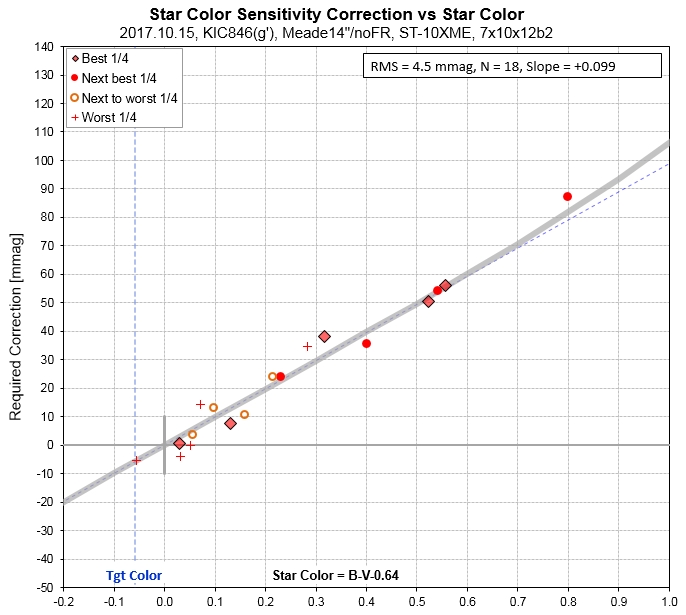
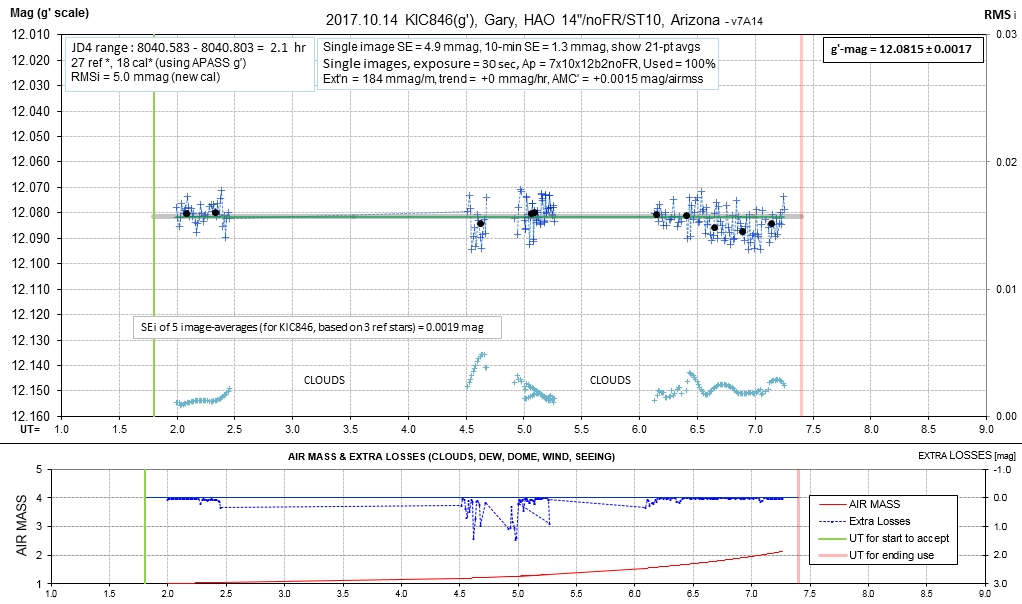
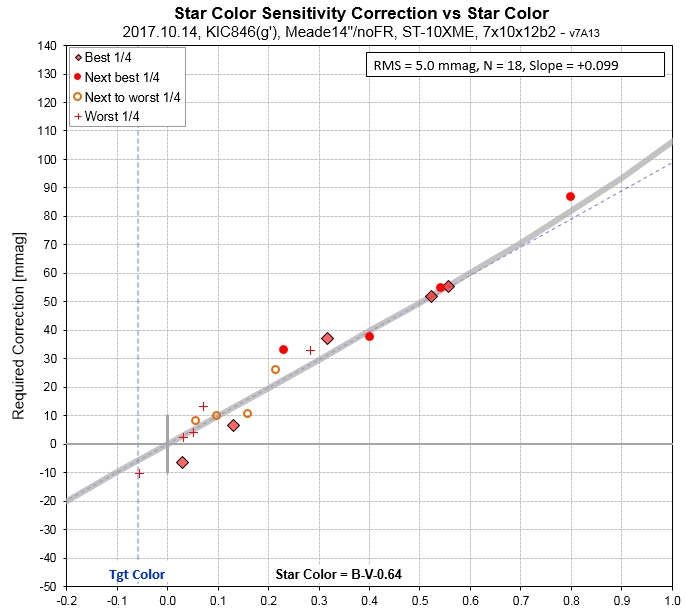
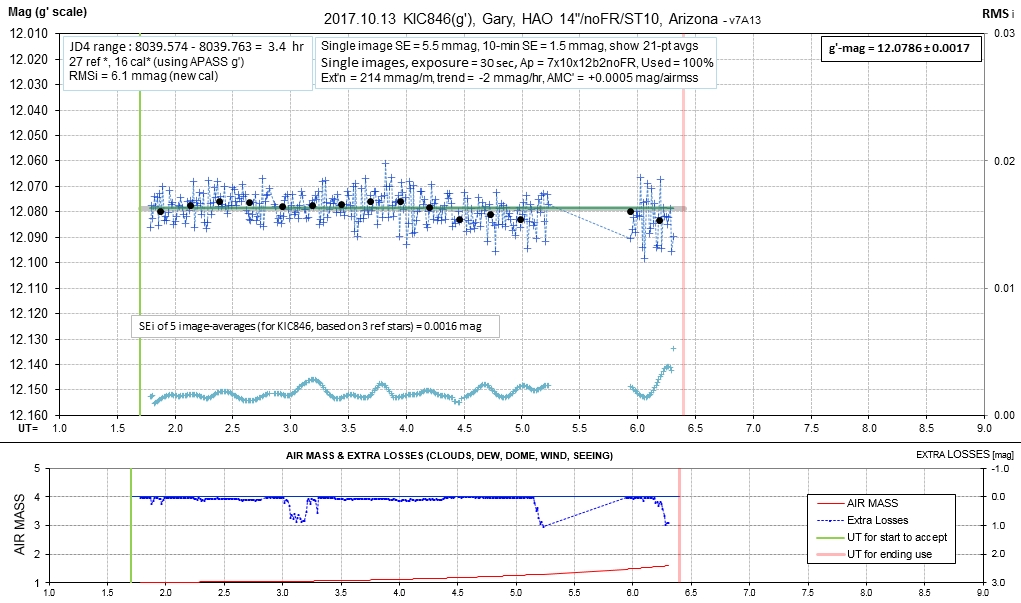
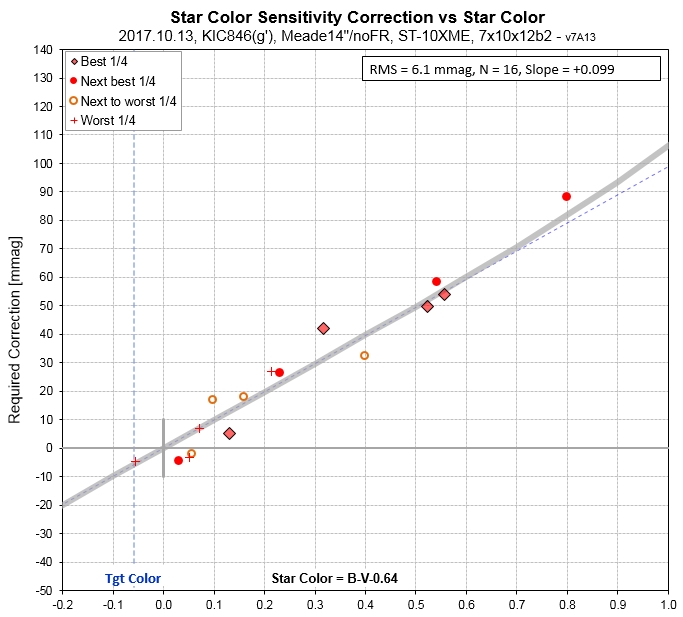
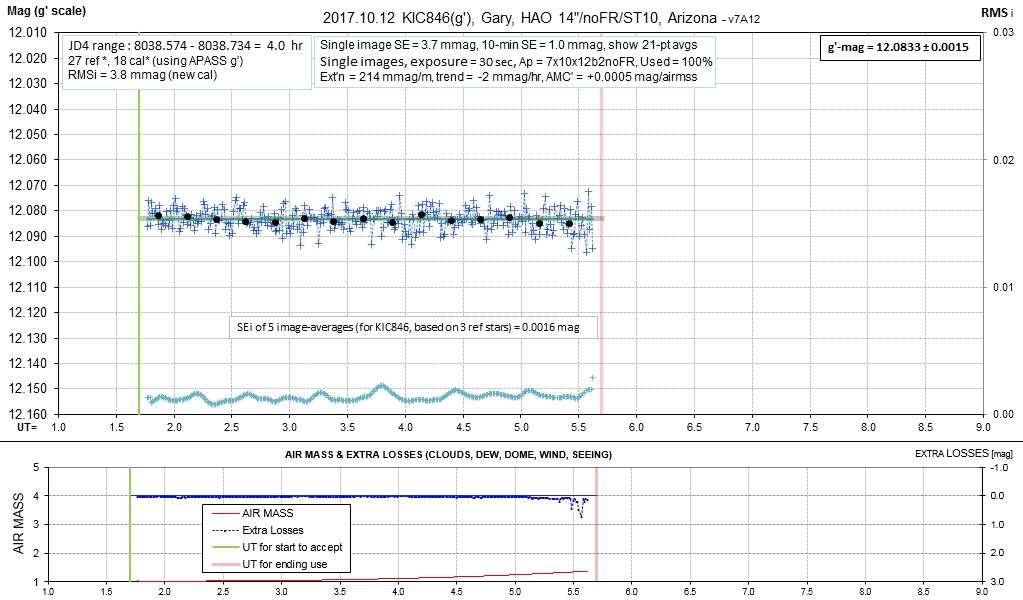
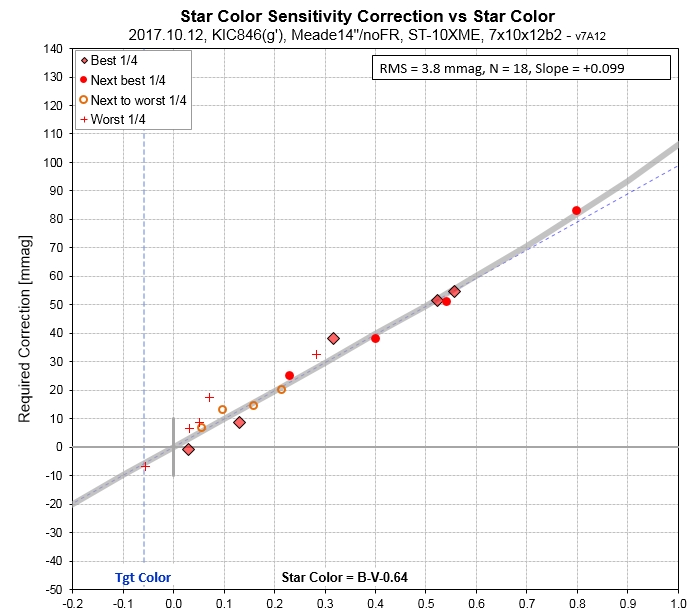
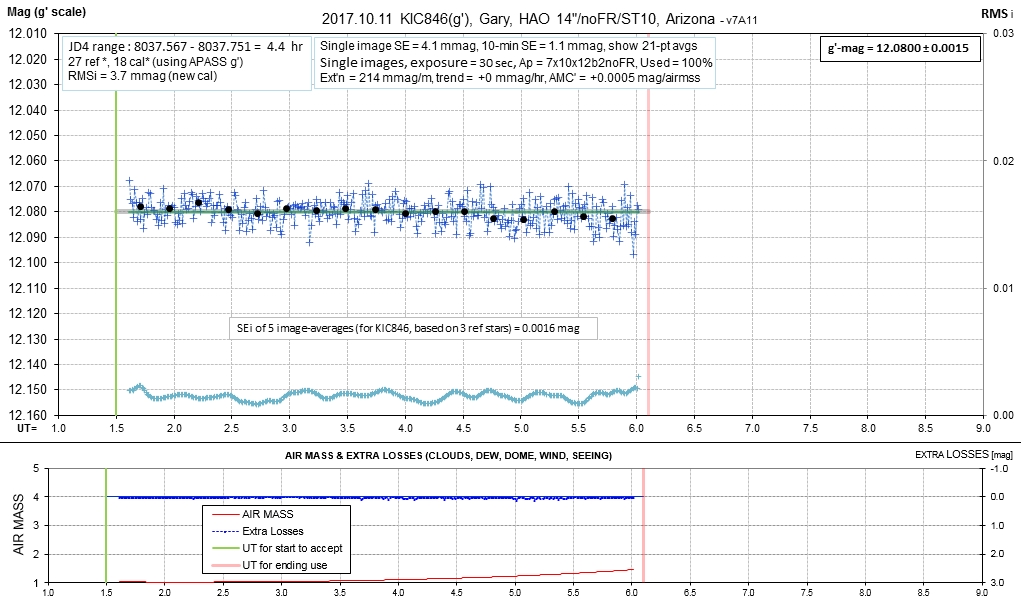
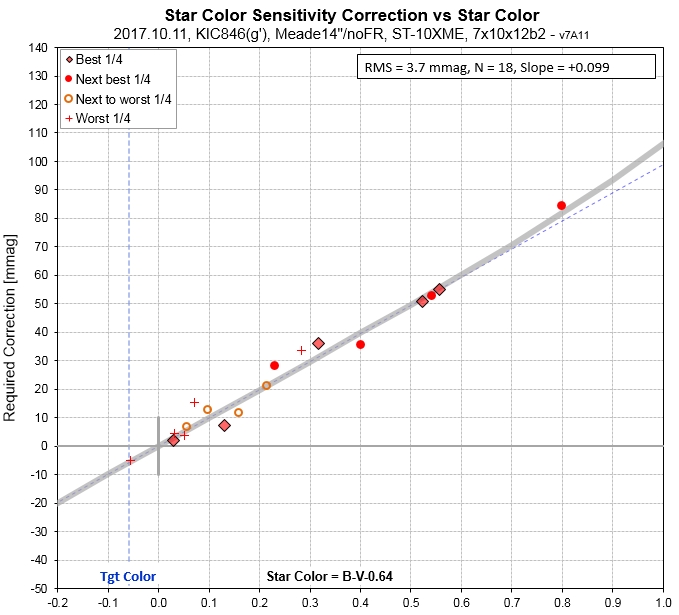
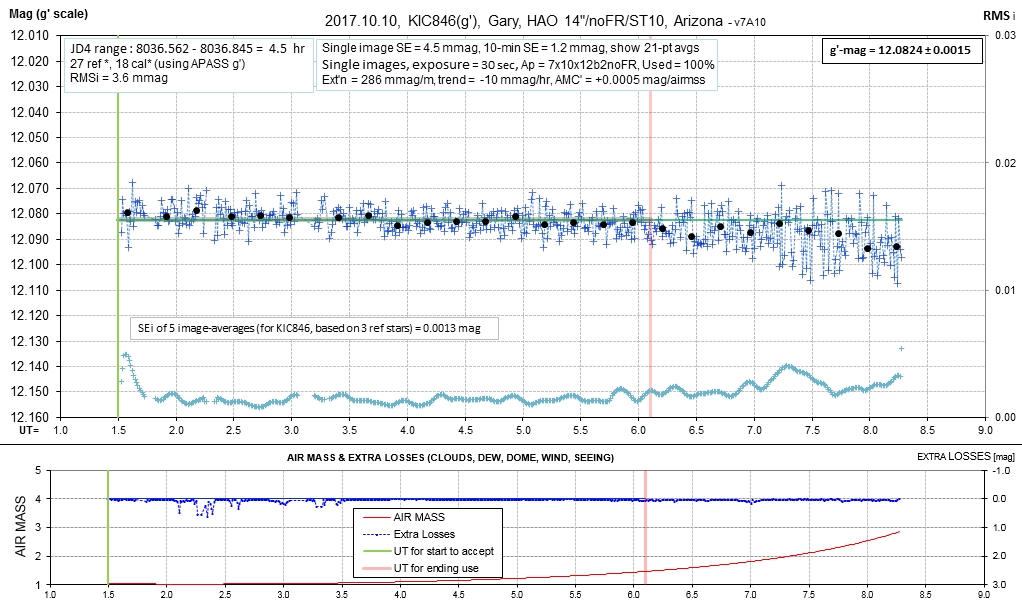
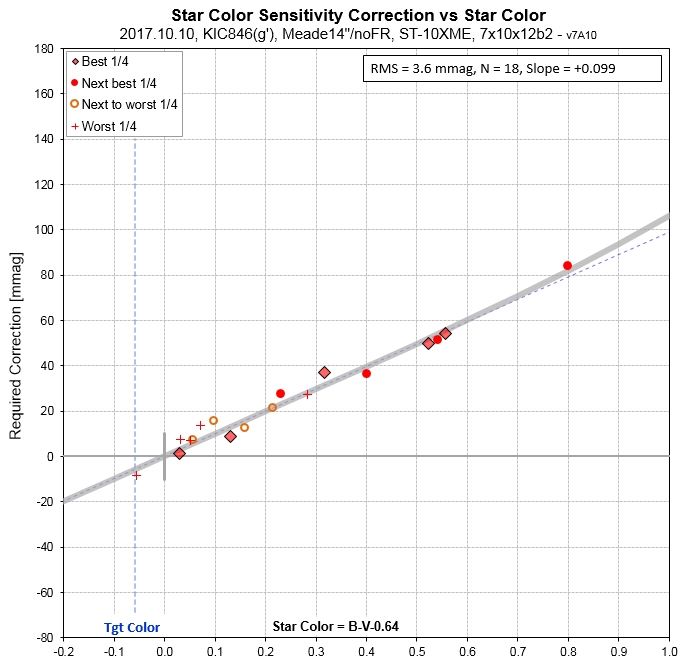
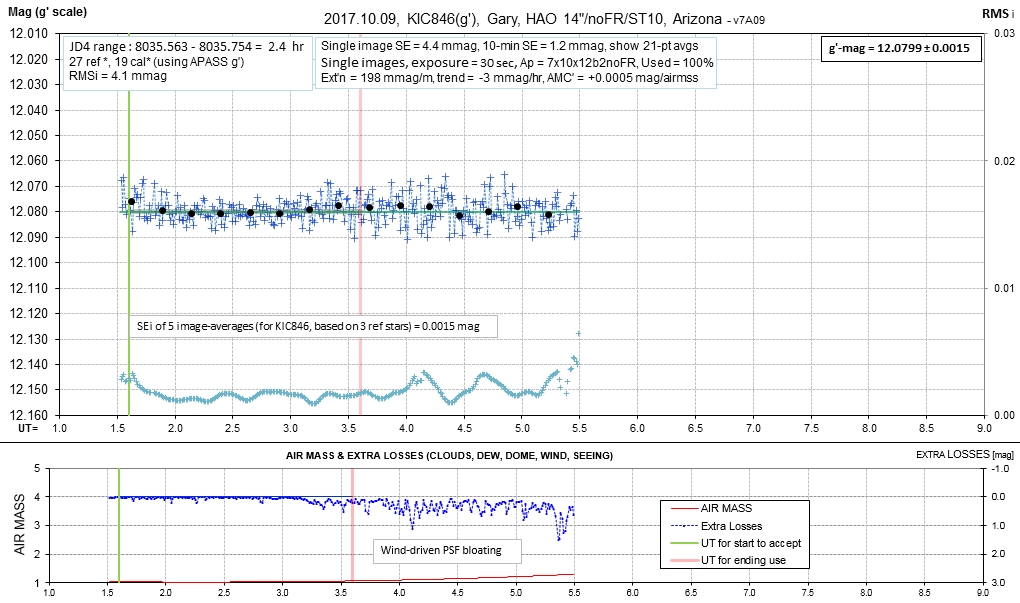
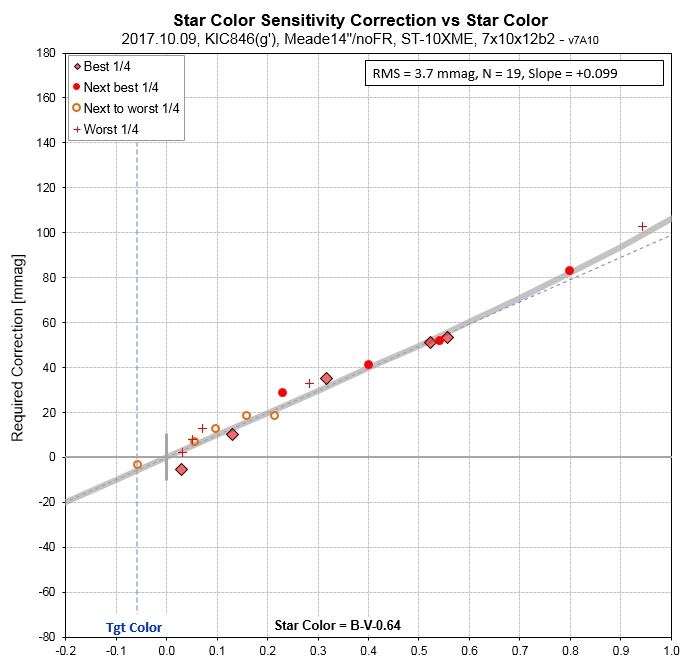
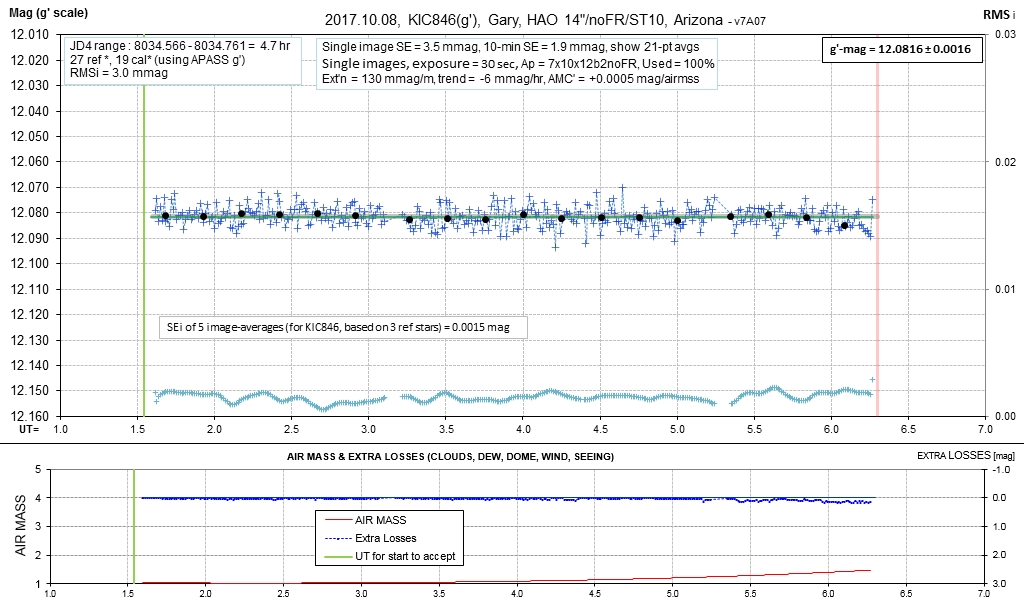
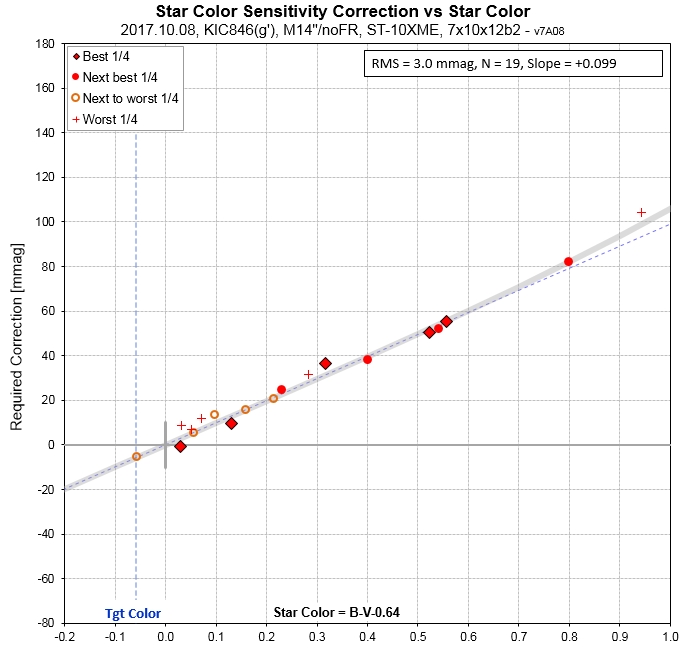
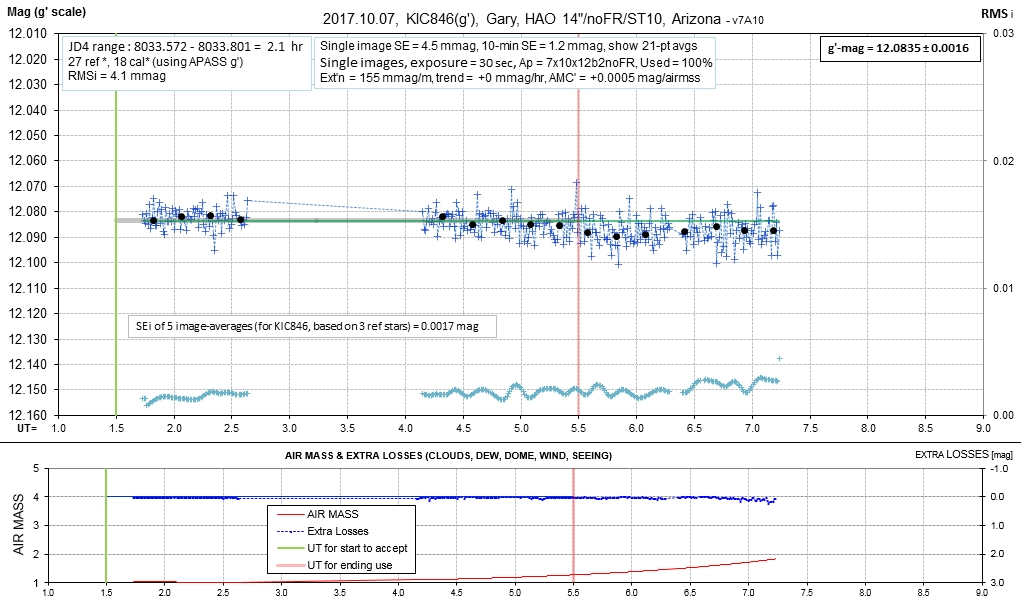
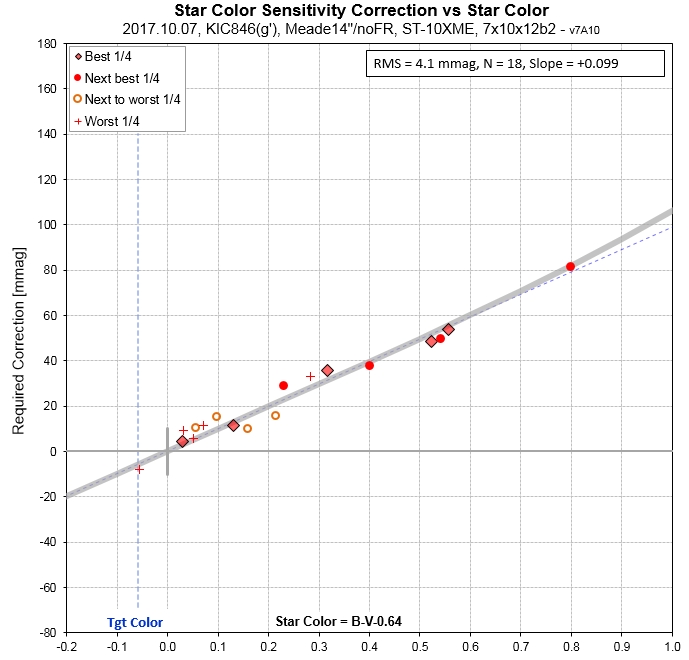
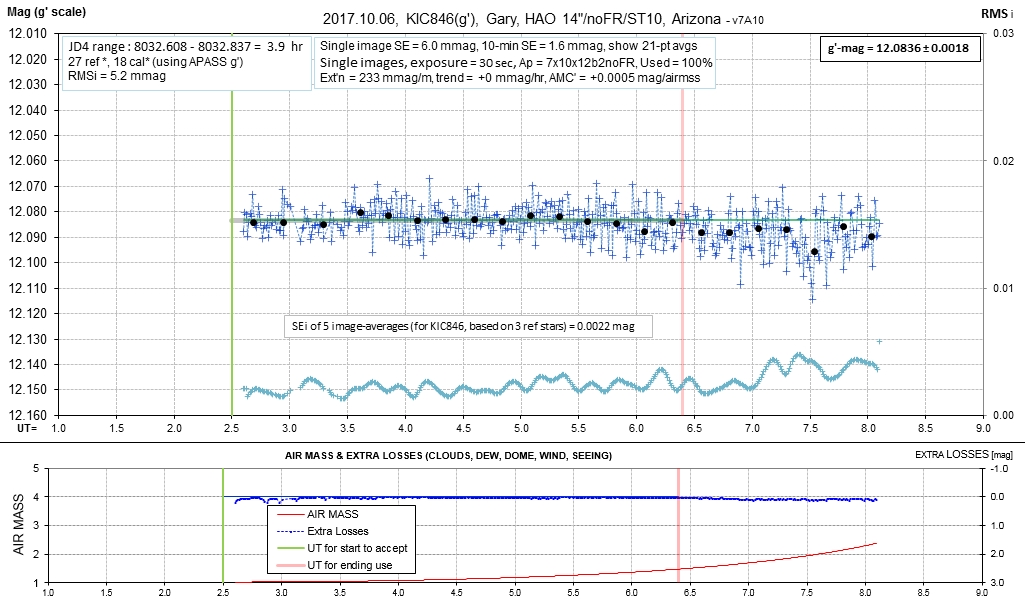
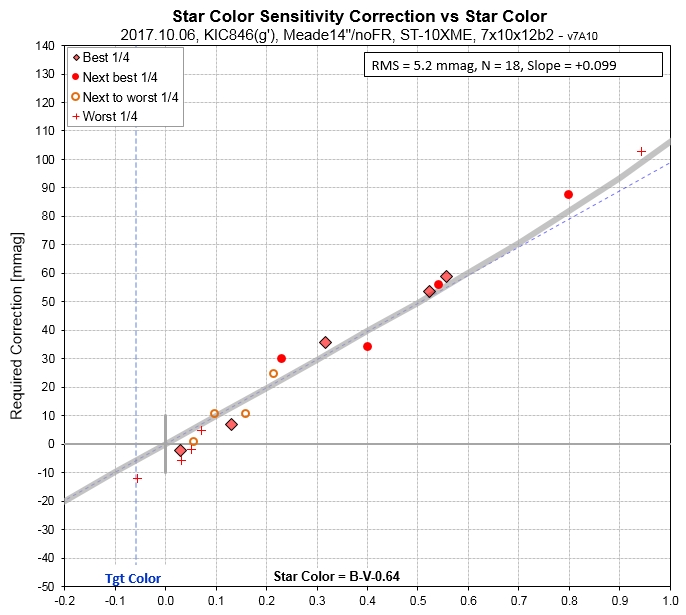
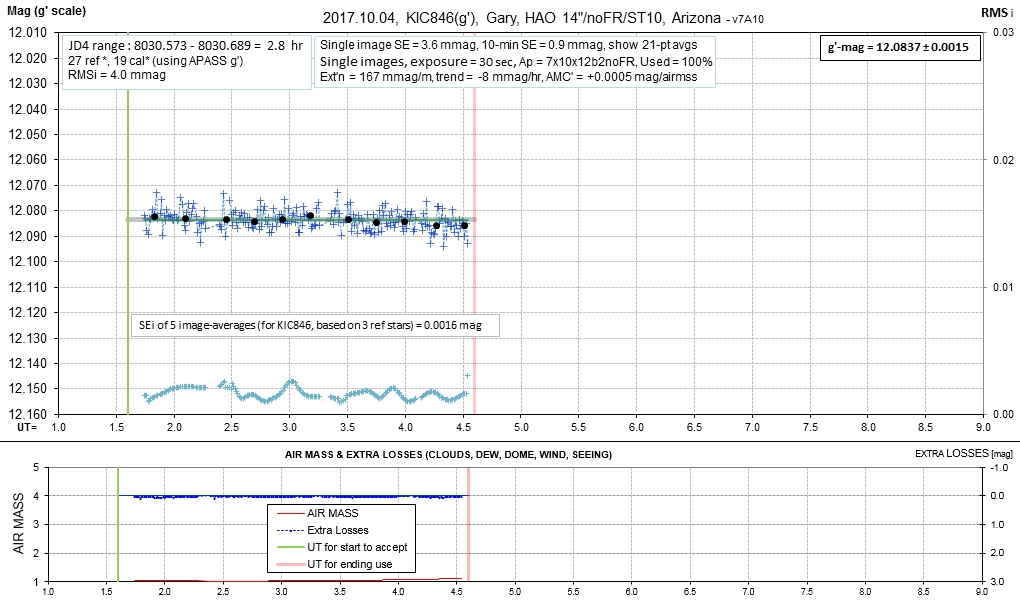
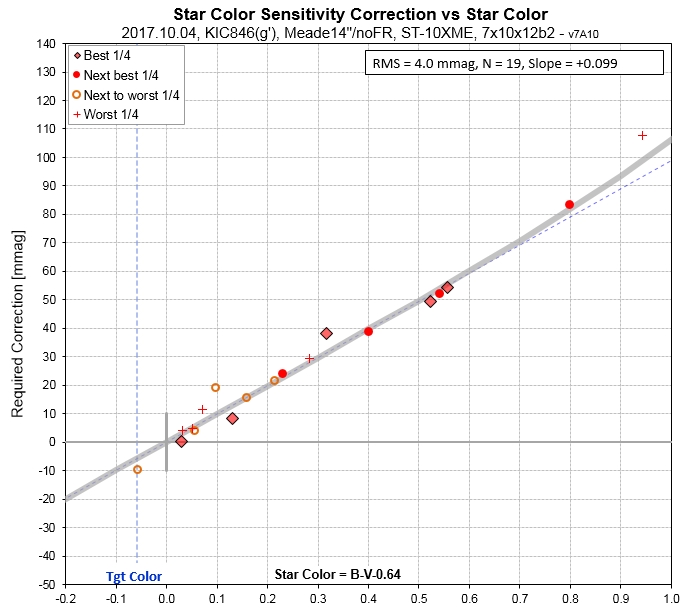
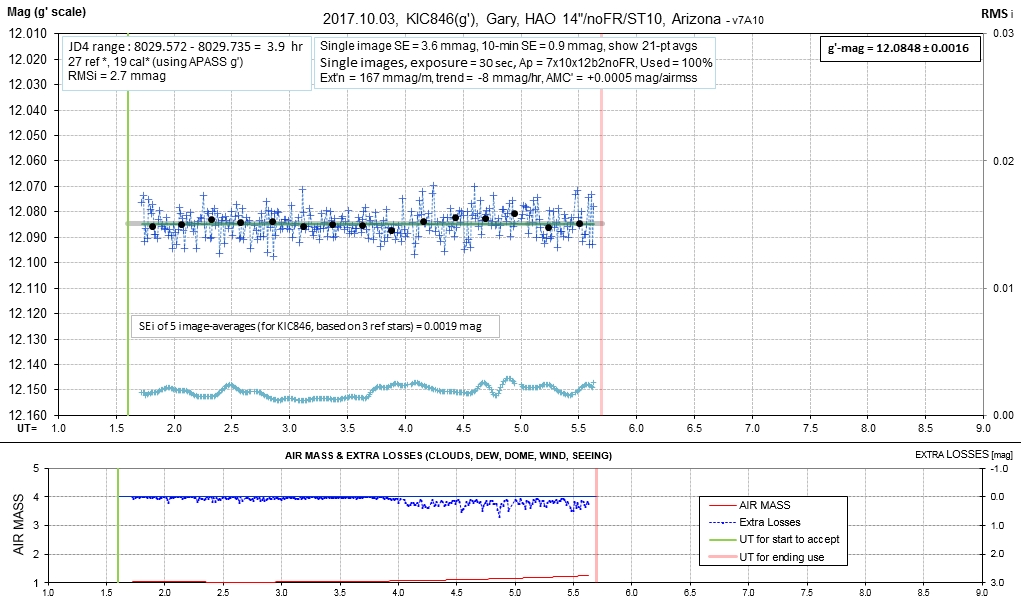
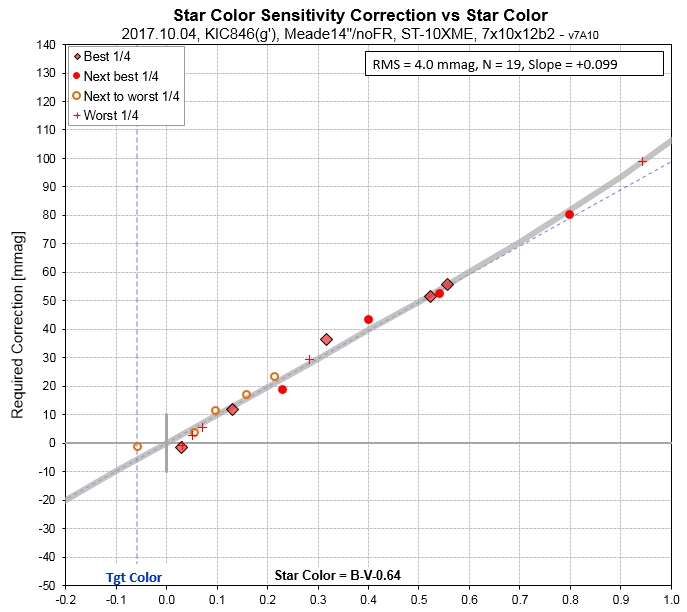
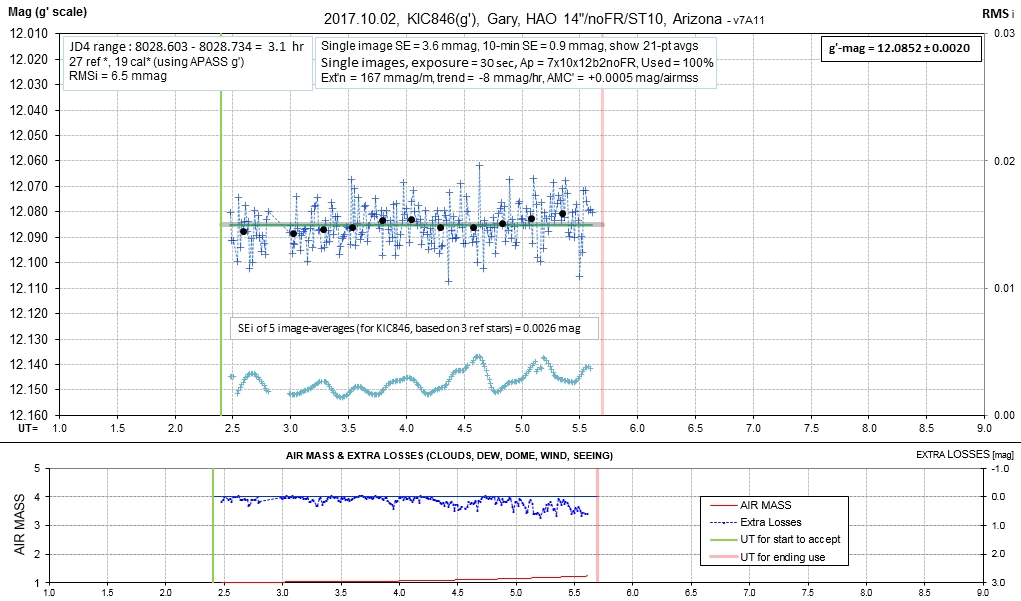
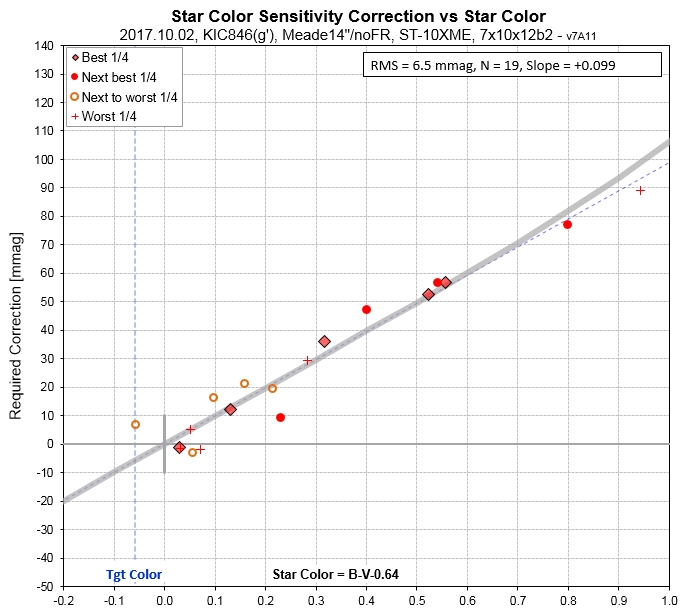

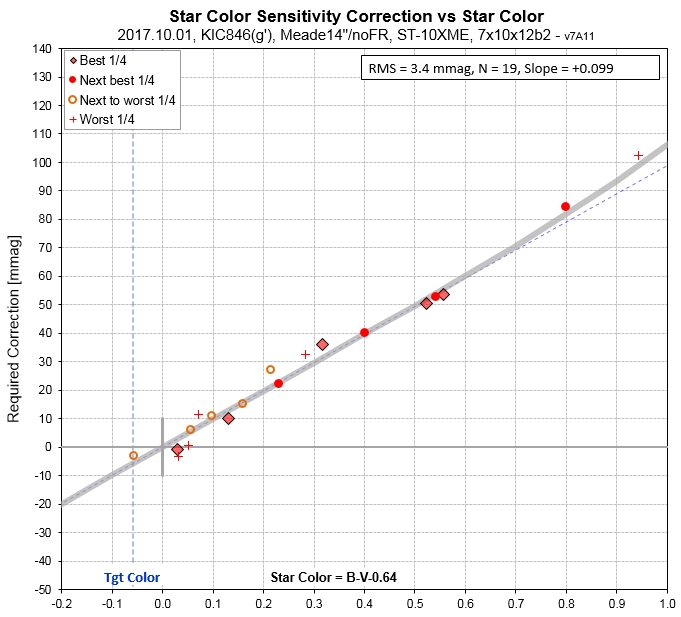
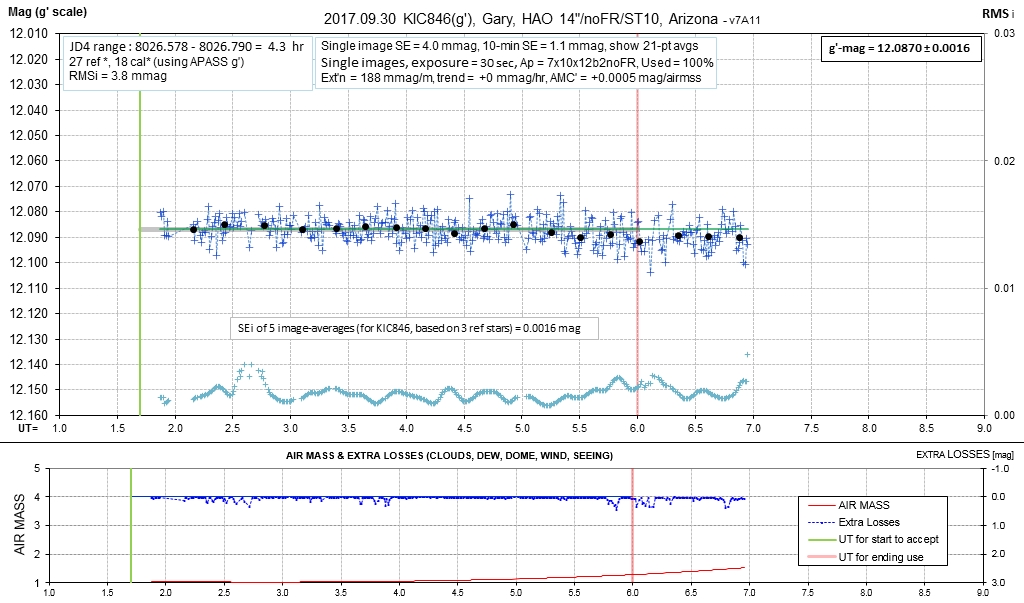
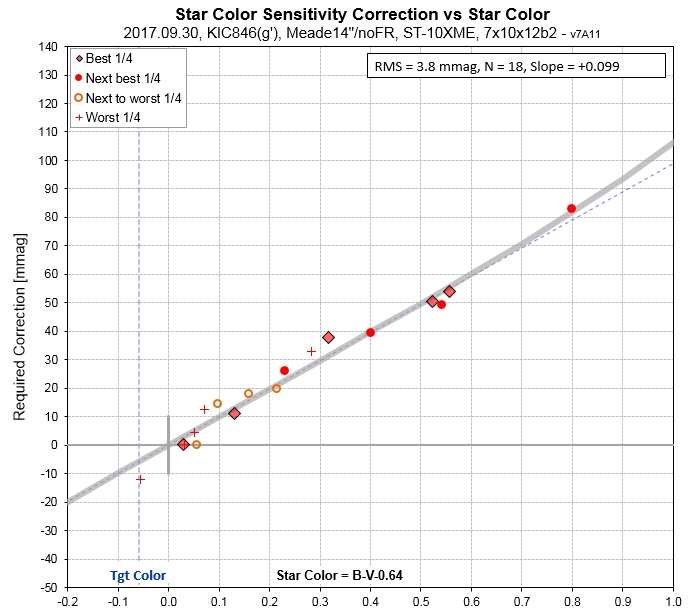
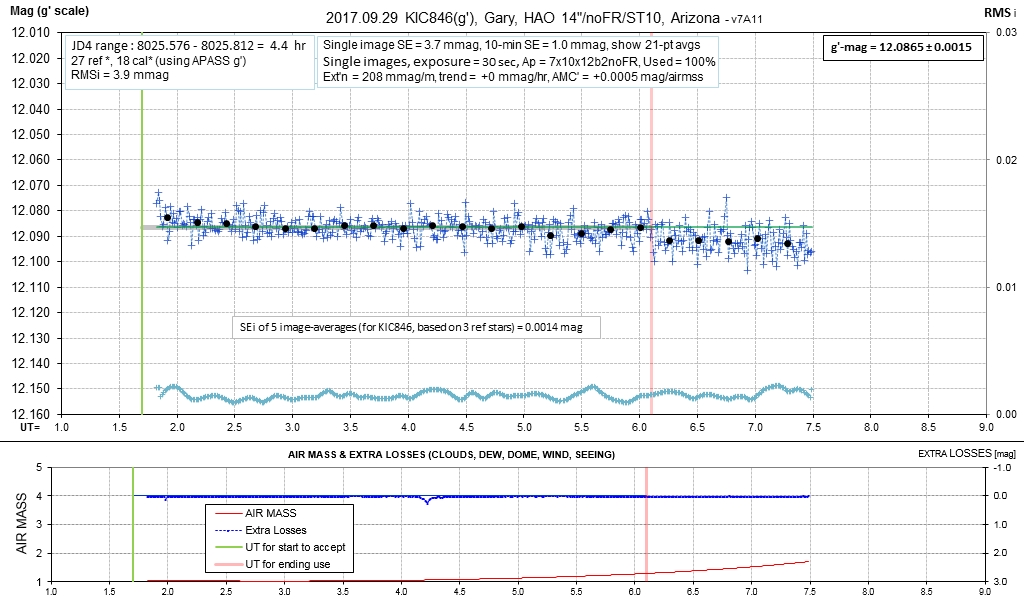
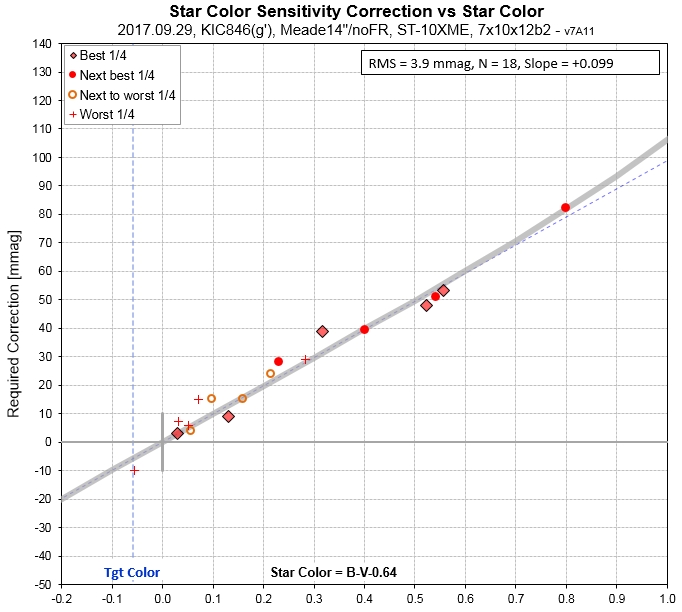
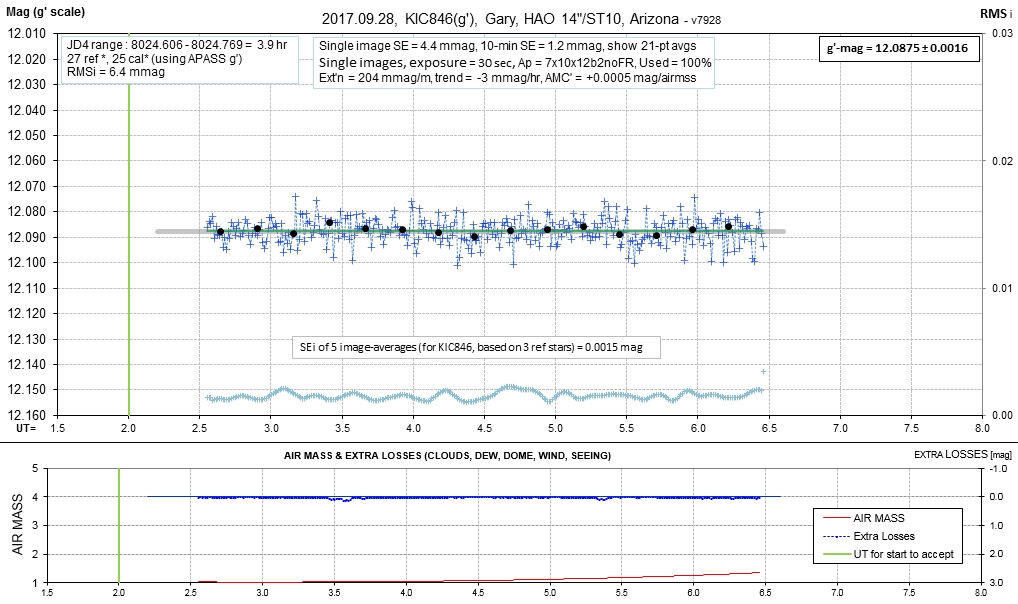
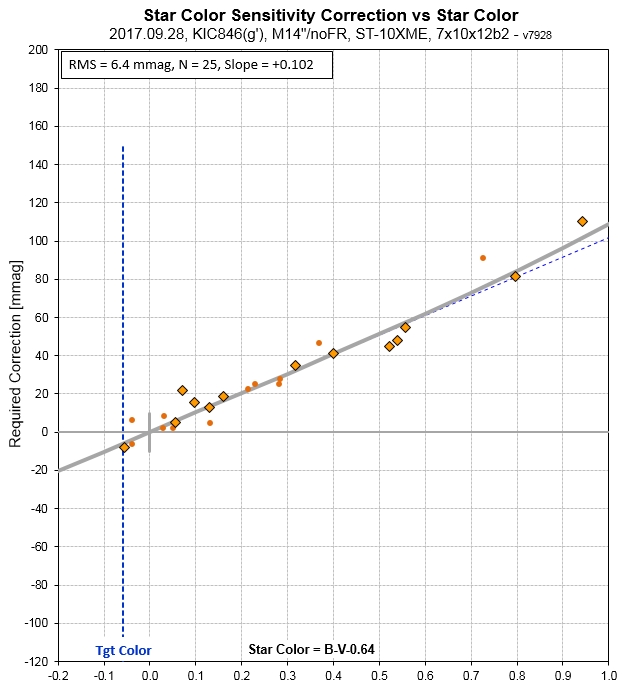
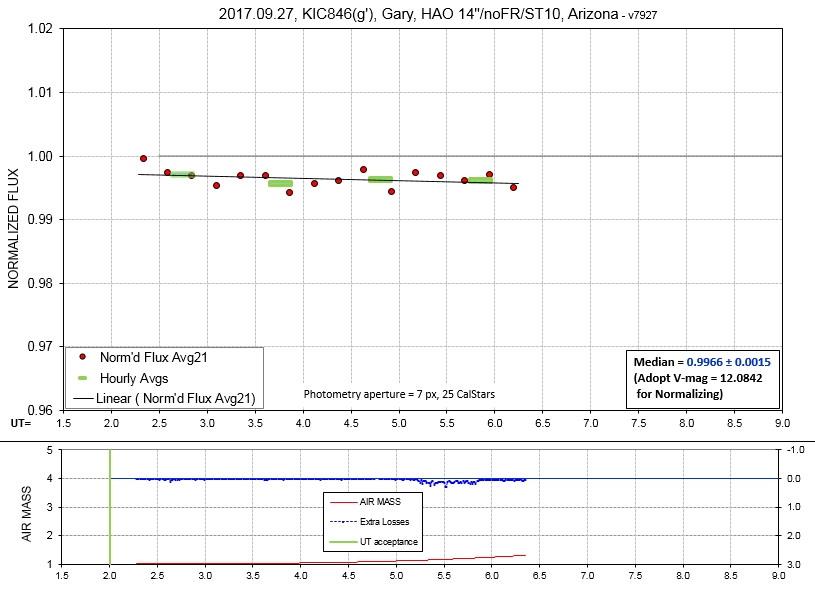
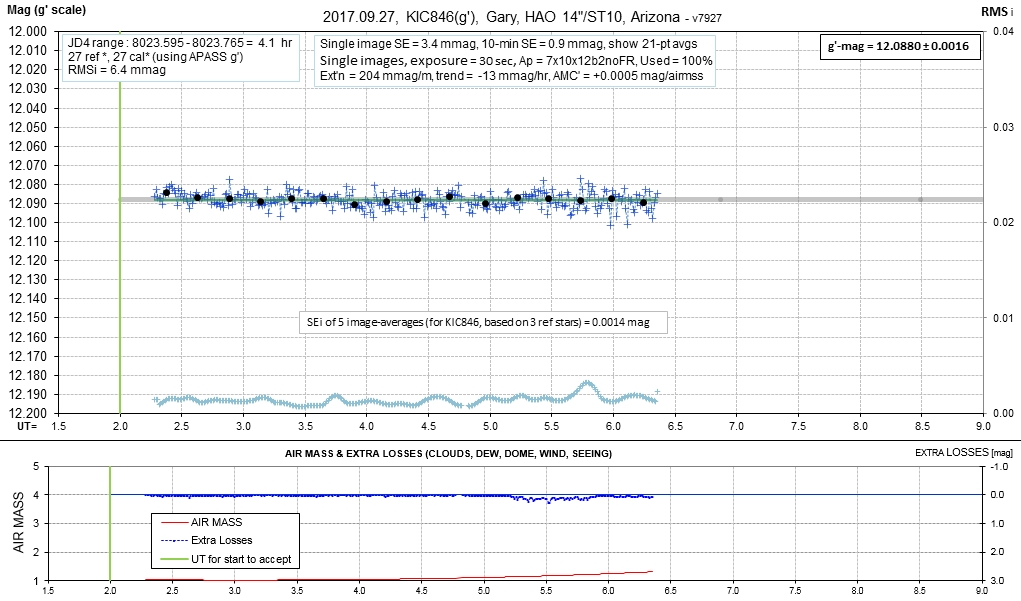
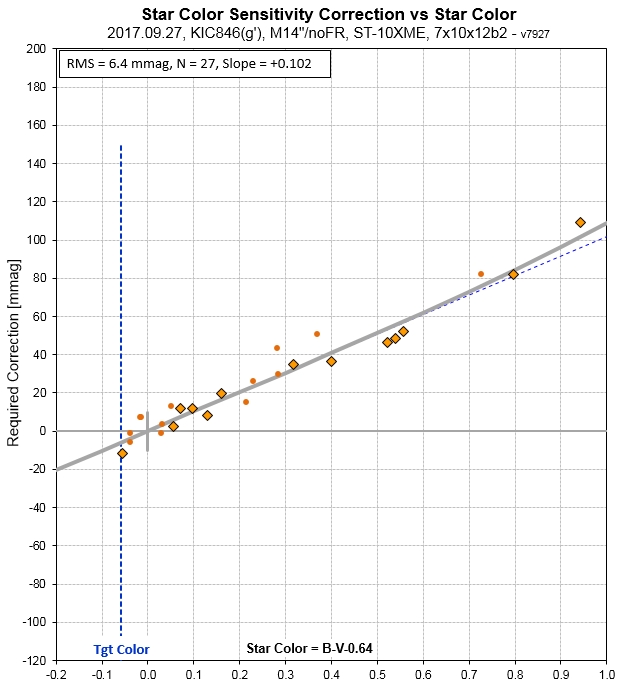
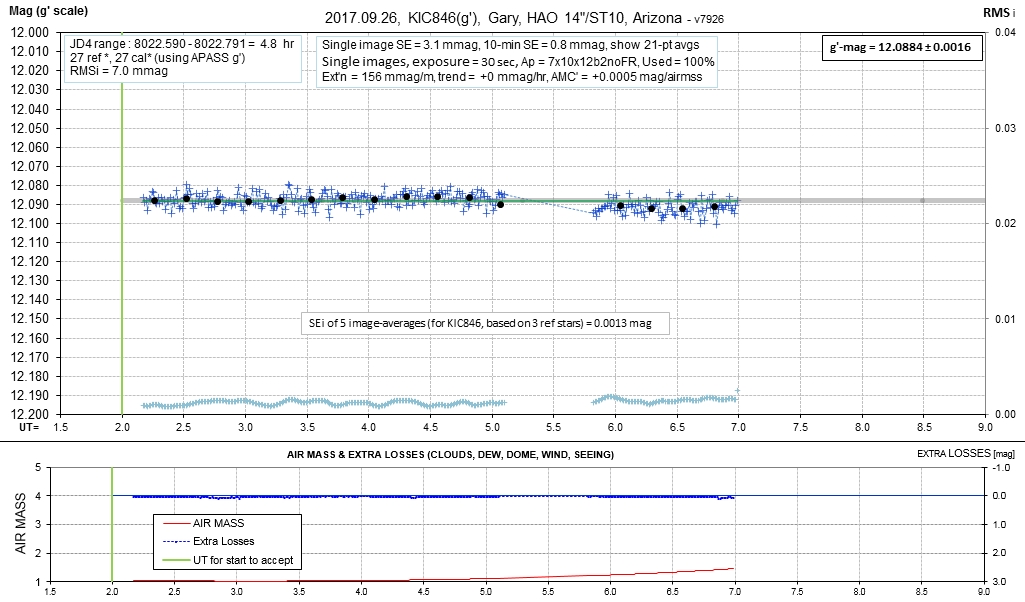
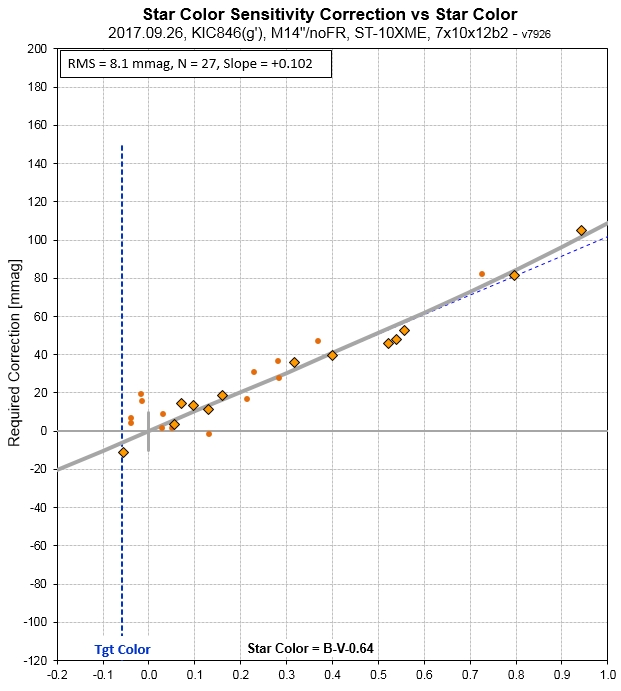
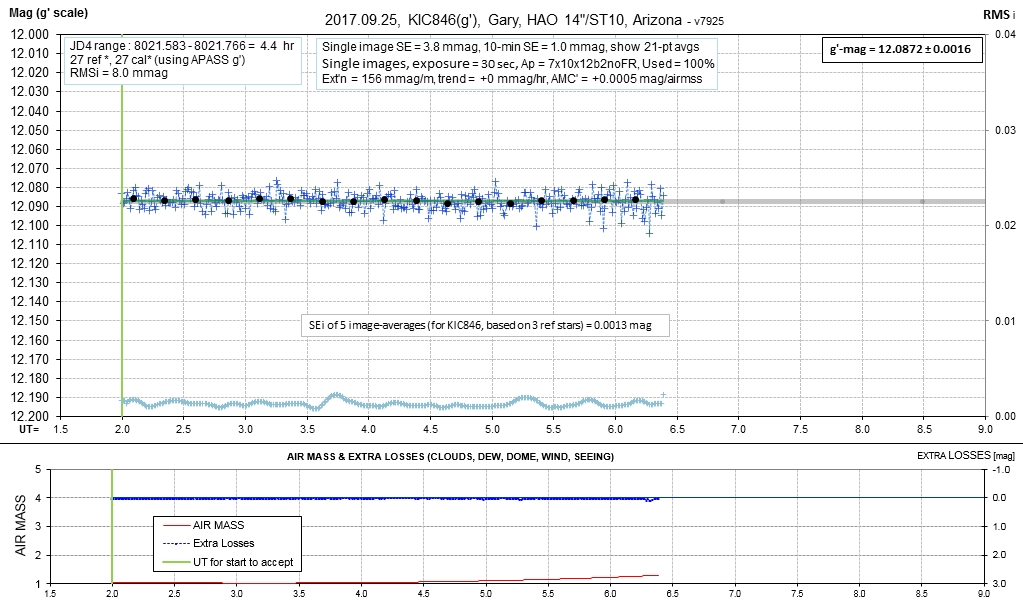
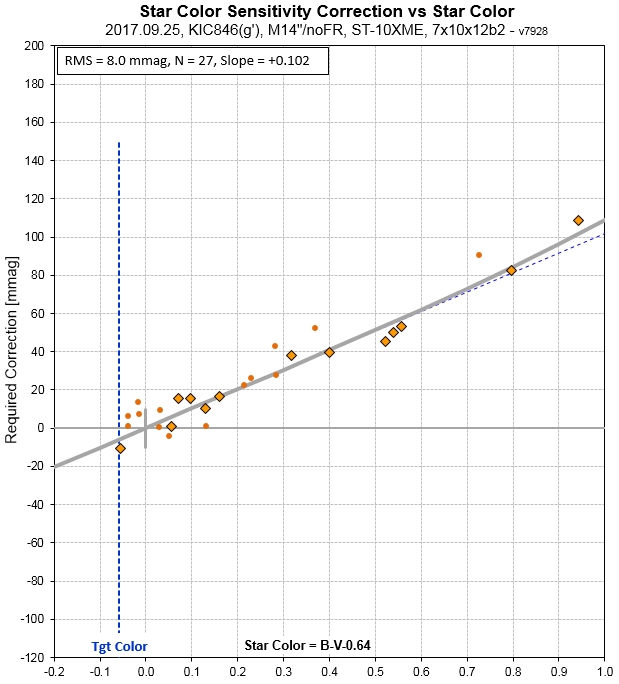
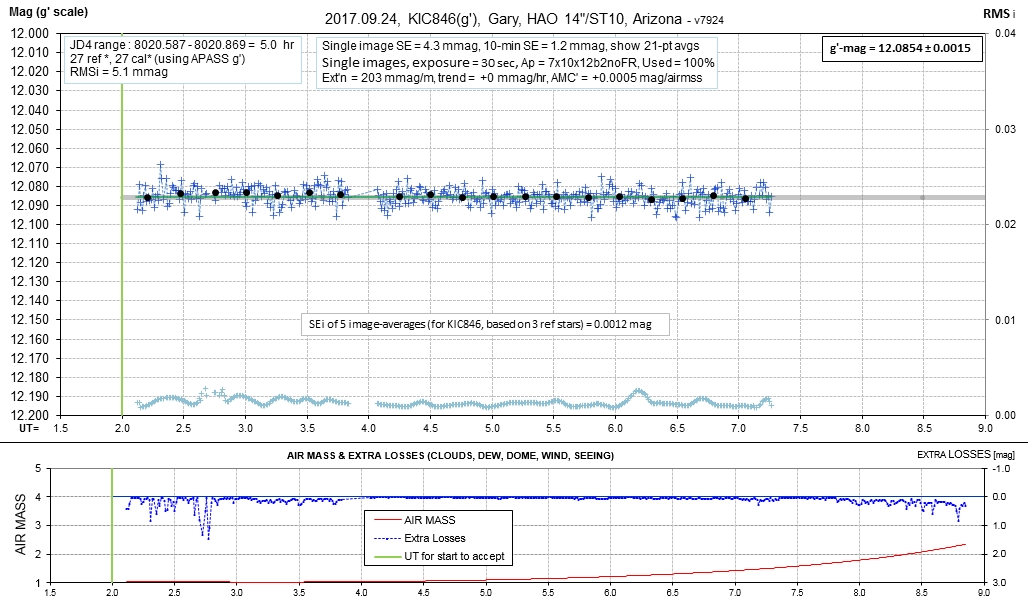
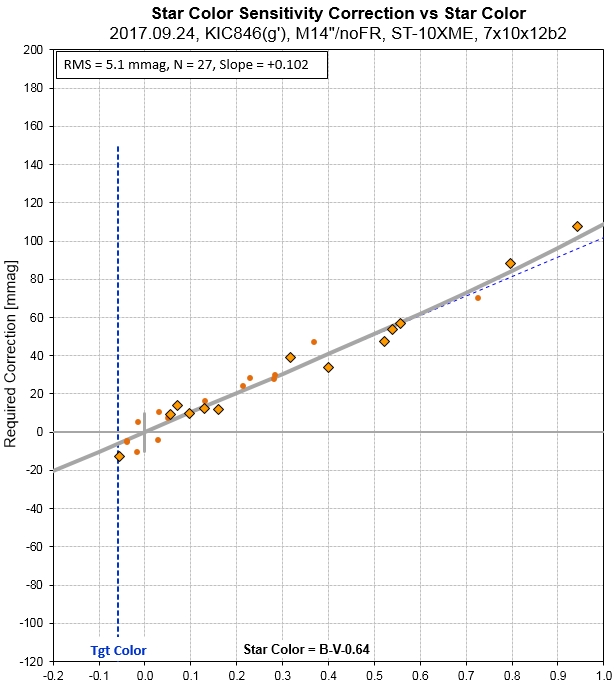
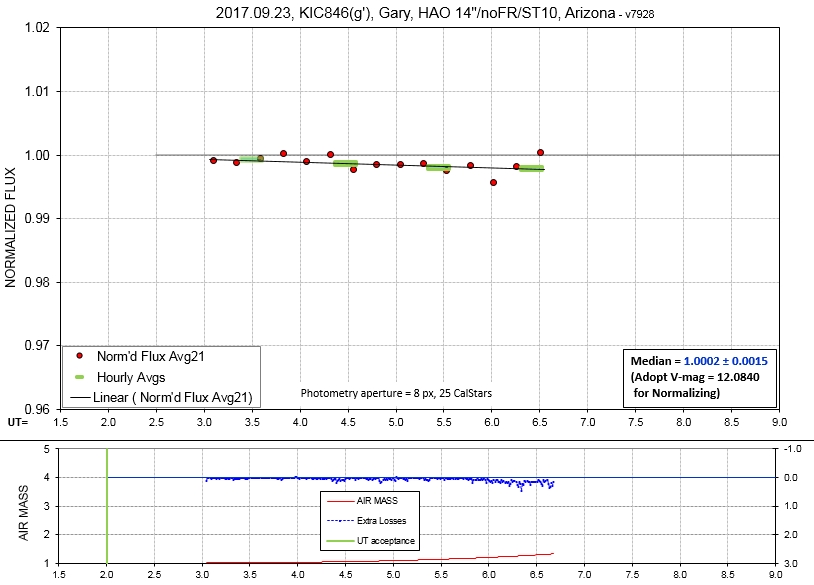
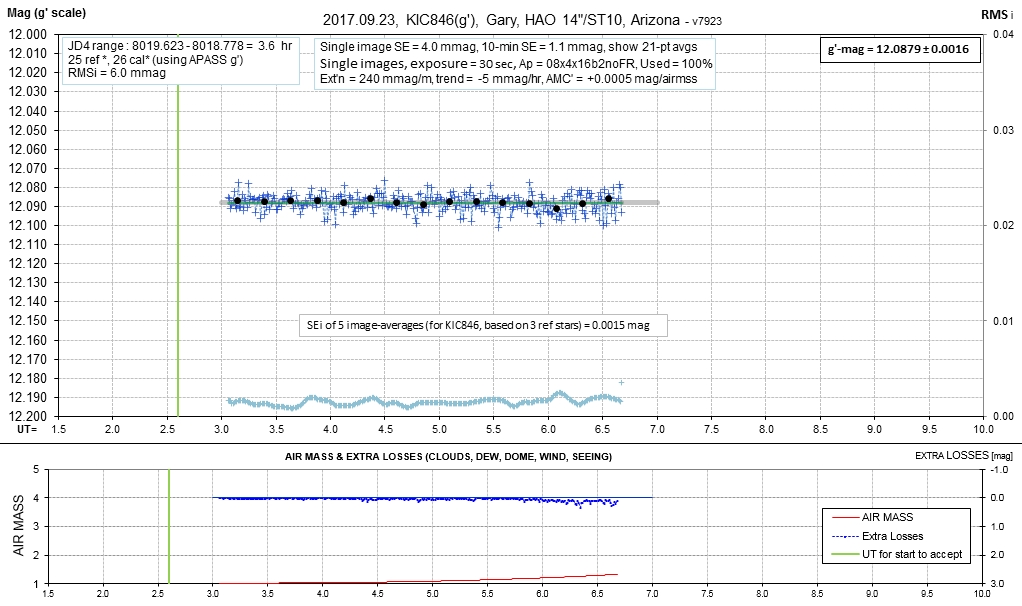
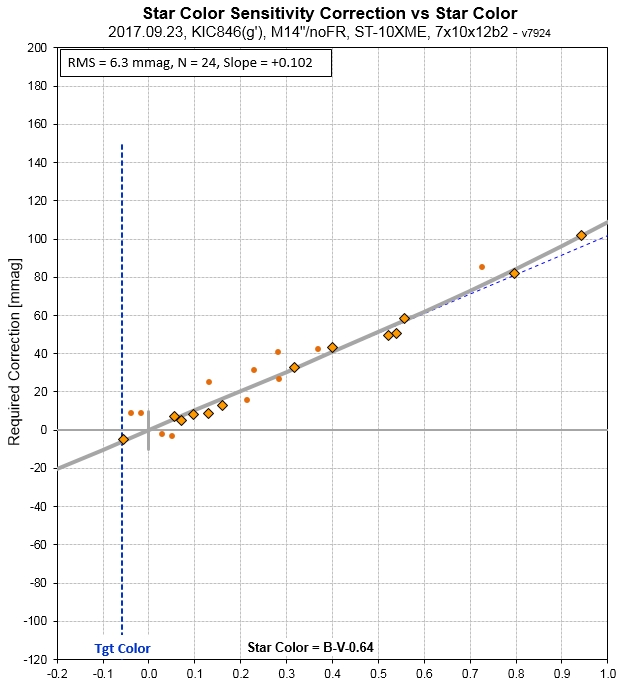
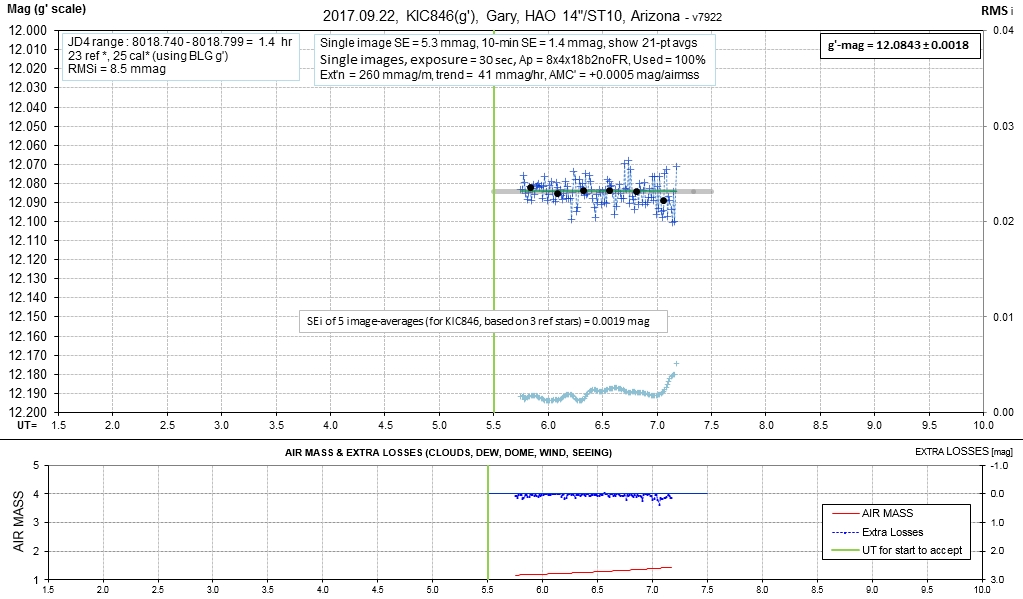
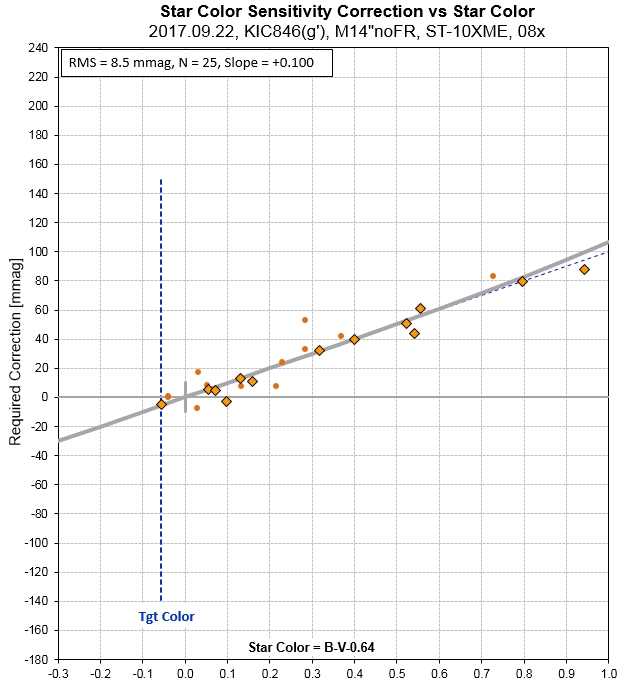
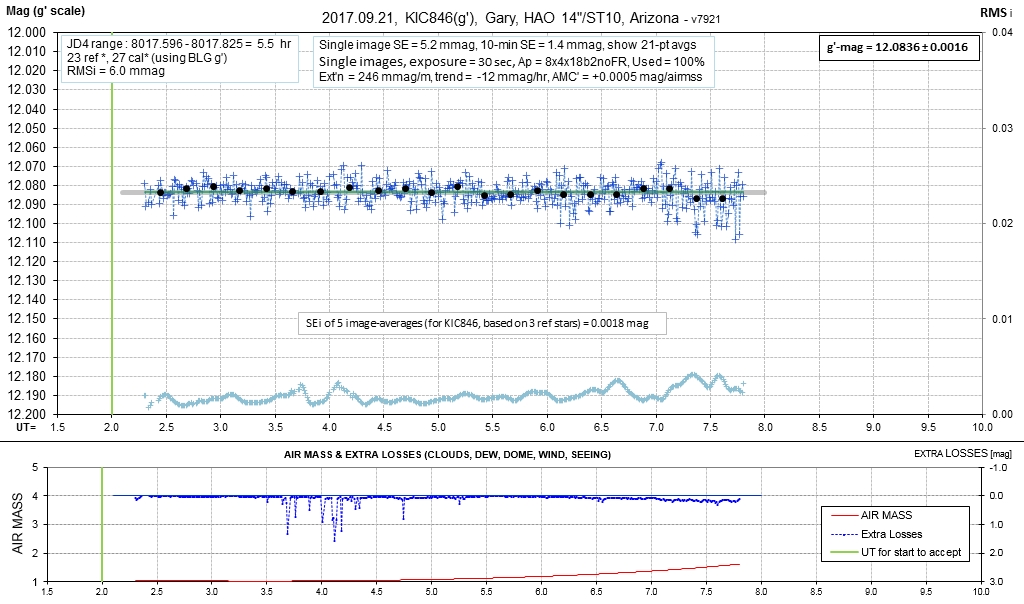
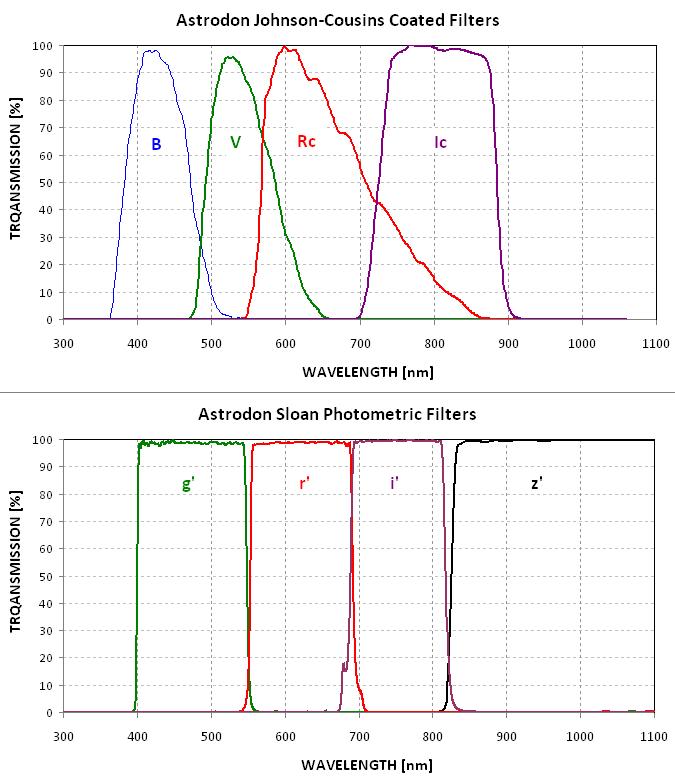
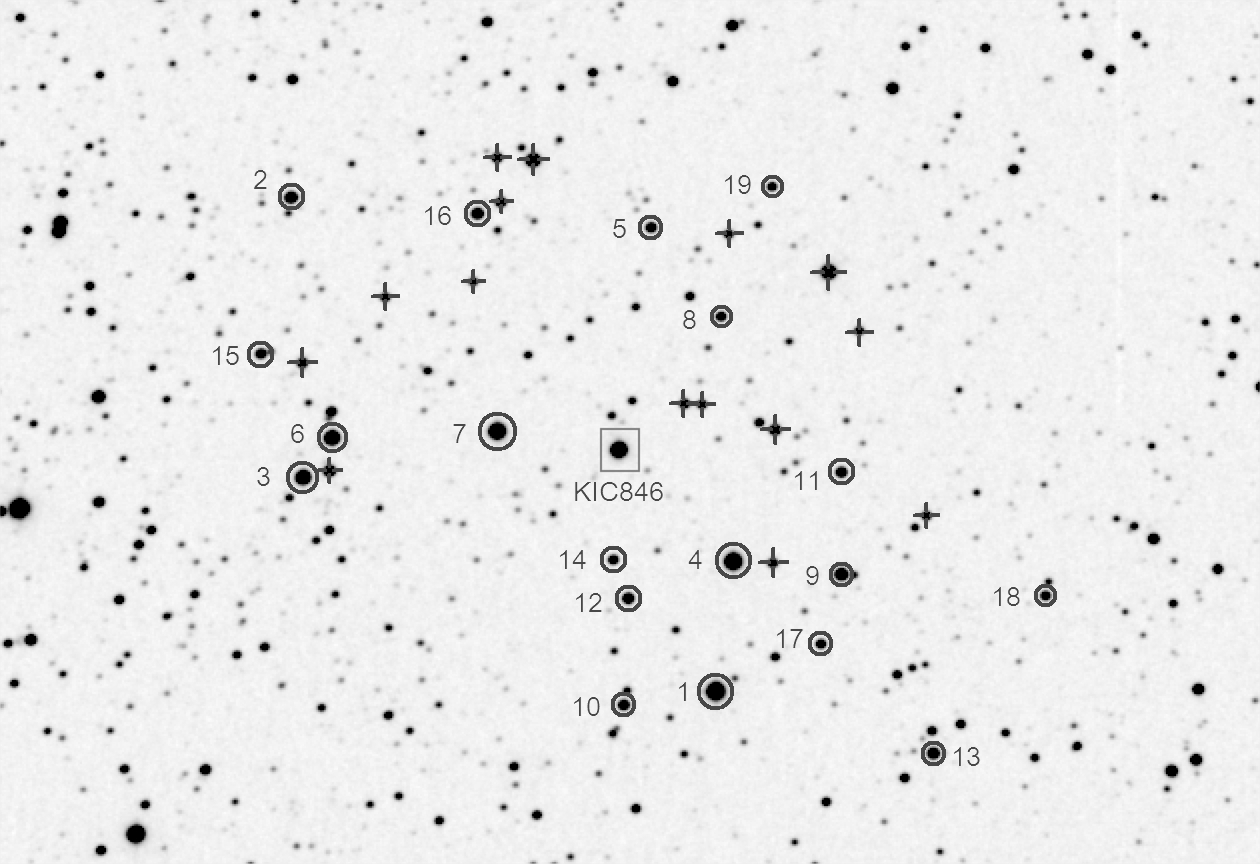
 B L G a r y at u m i c h dot e d u
Hereford
Arizona Observatory resume
B L G a r y at u m i c h dot e d u
Hereford
Arizona Observatory resume